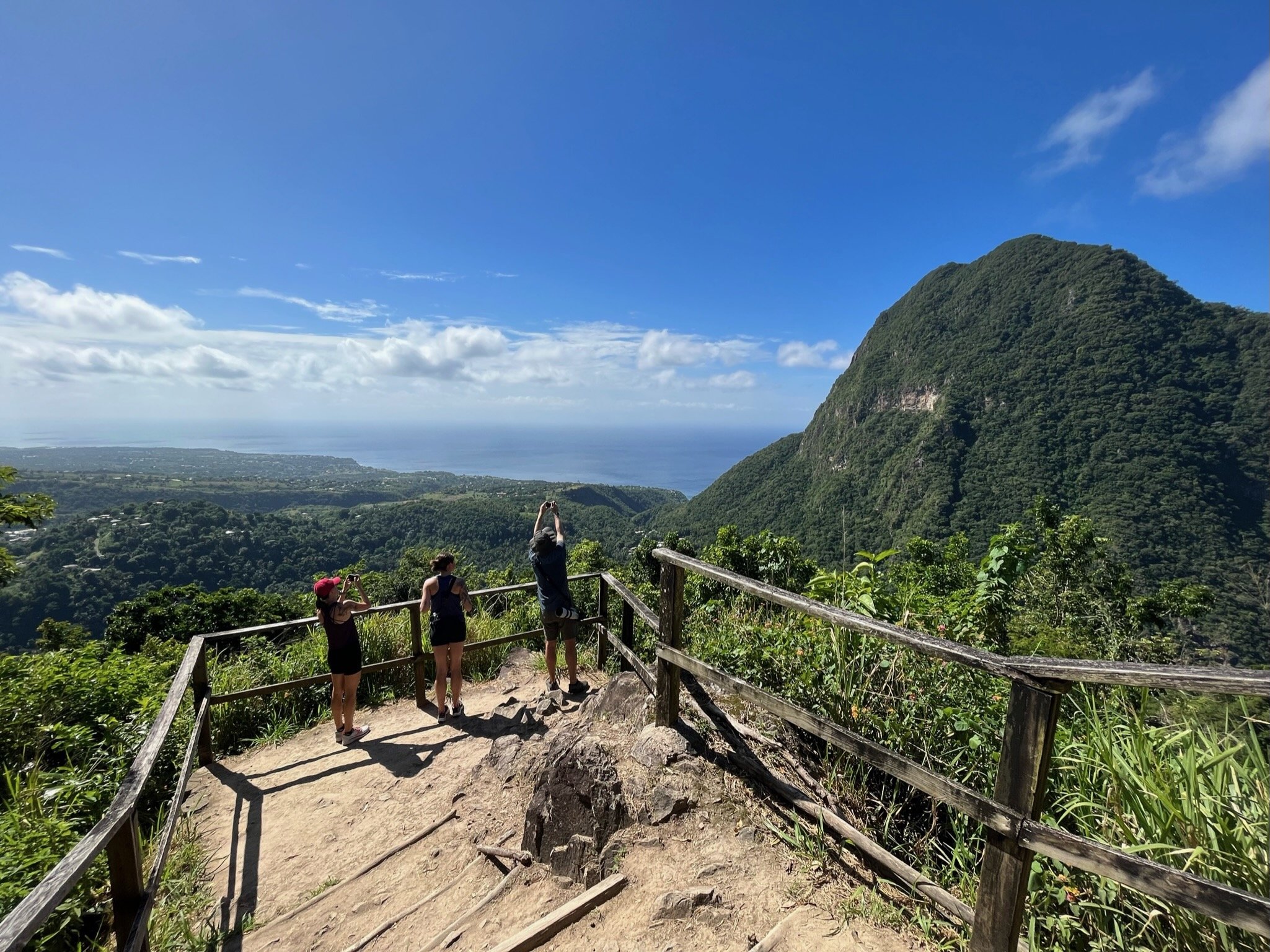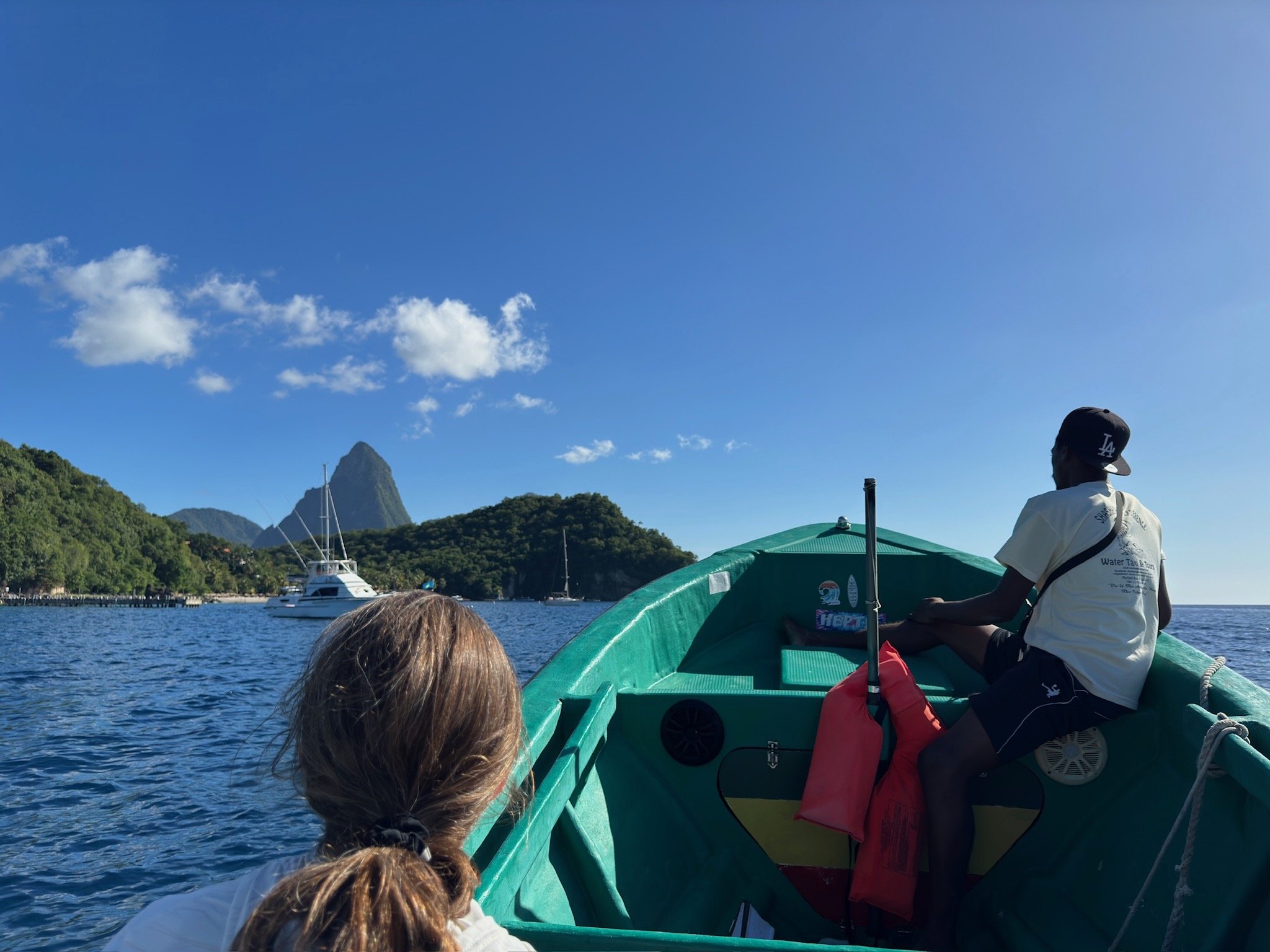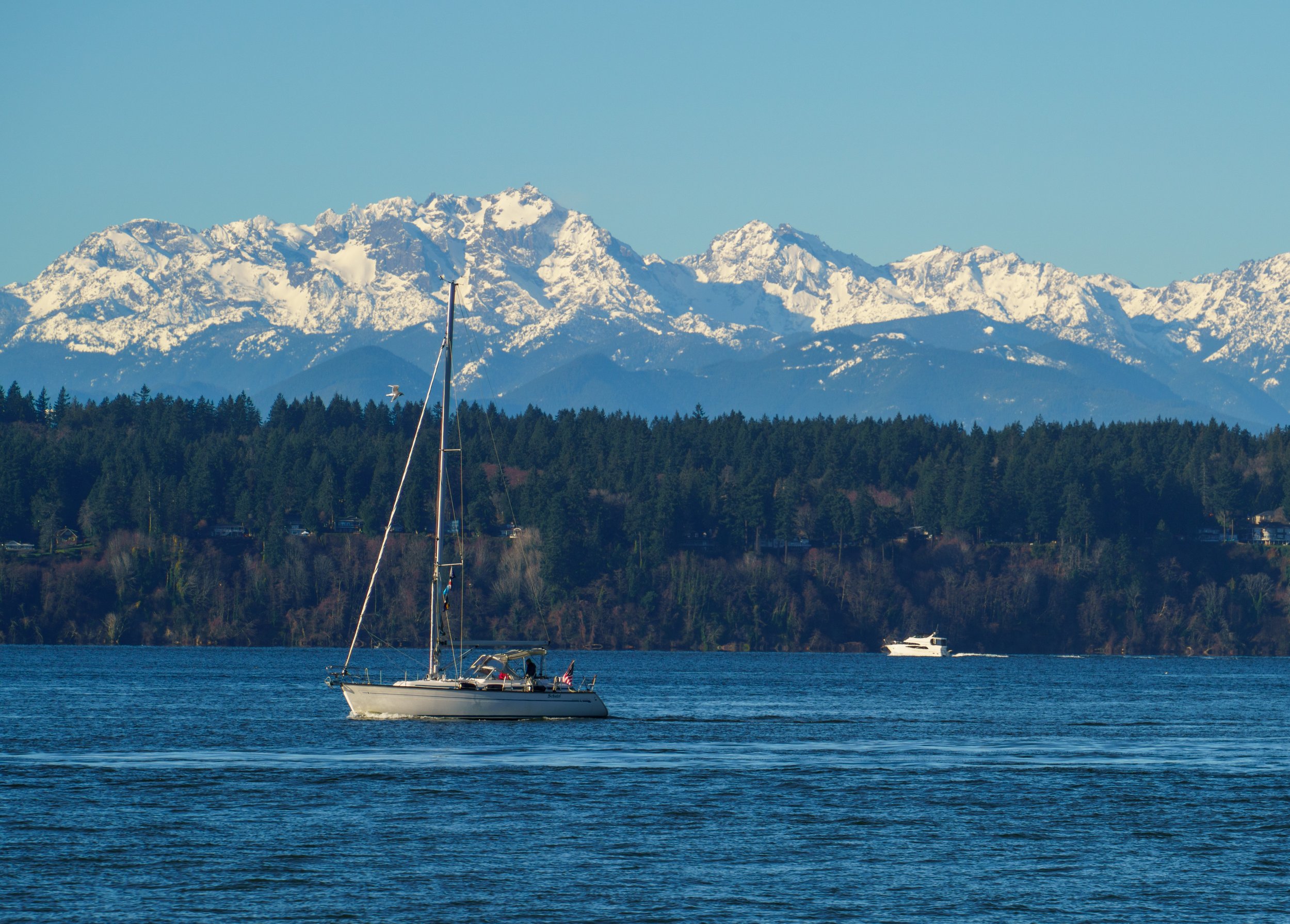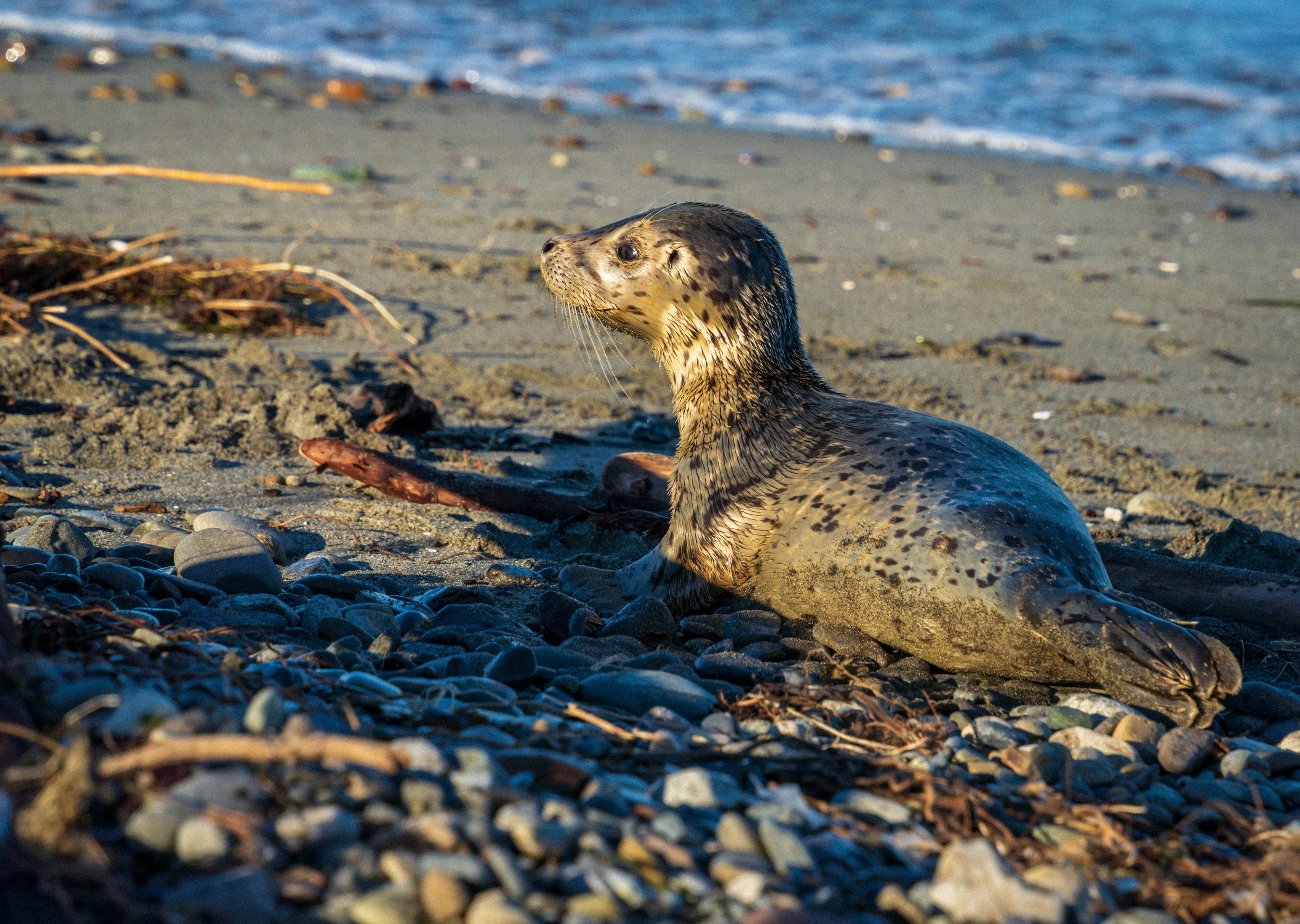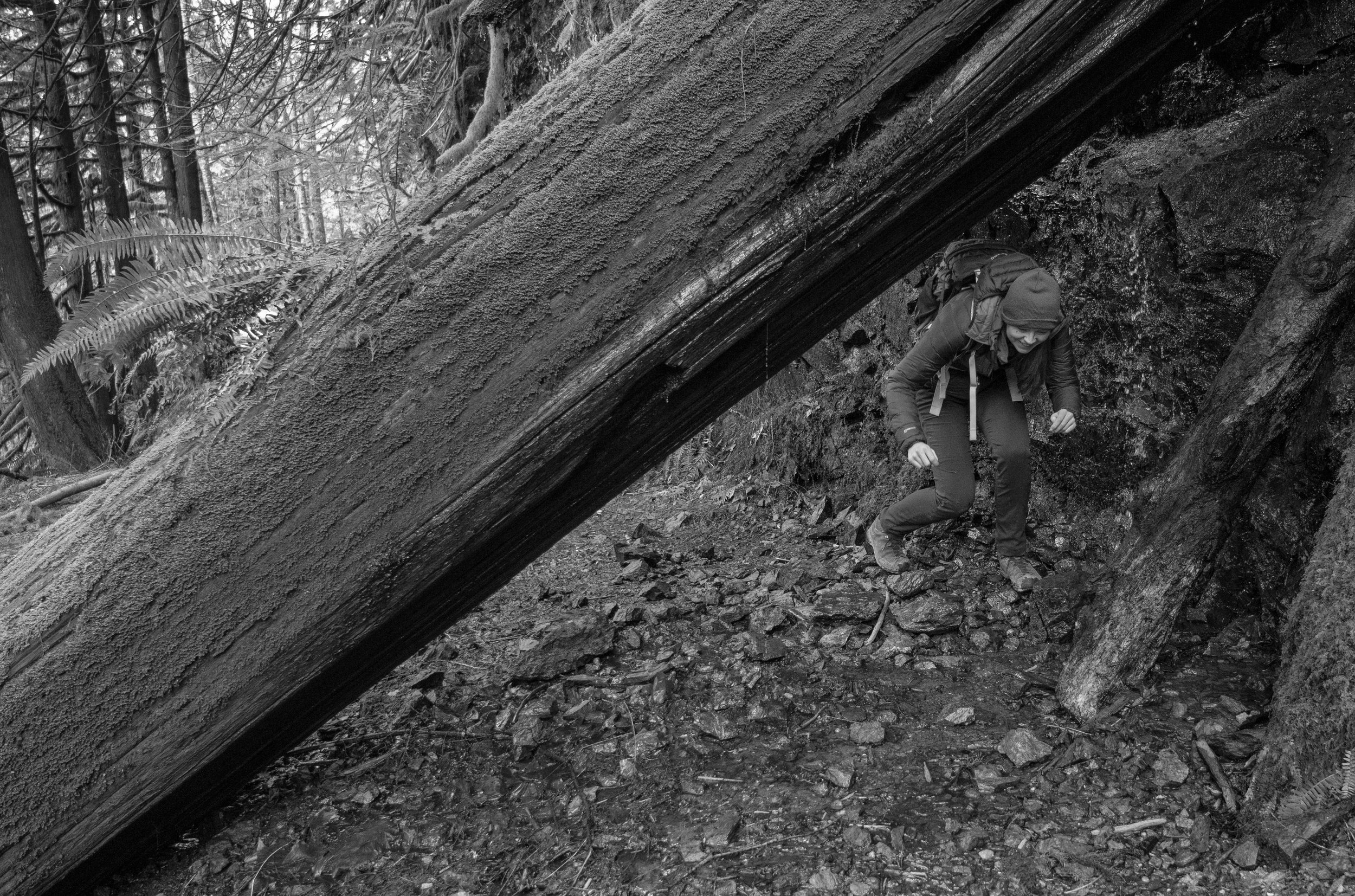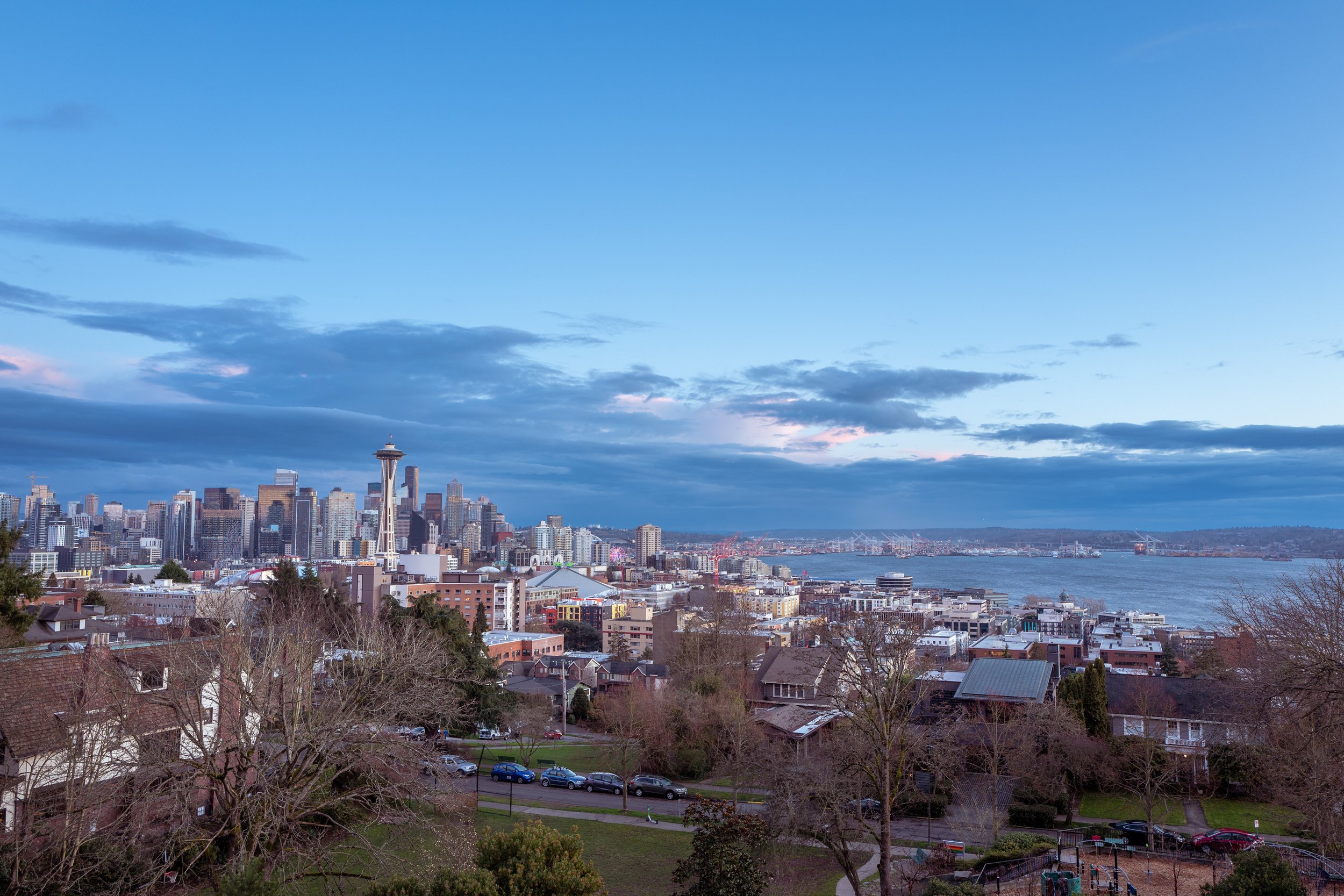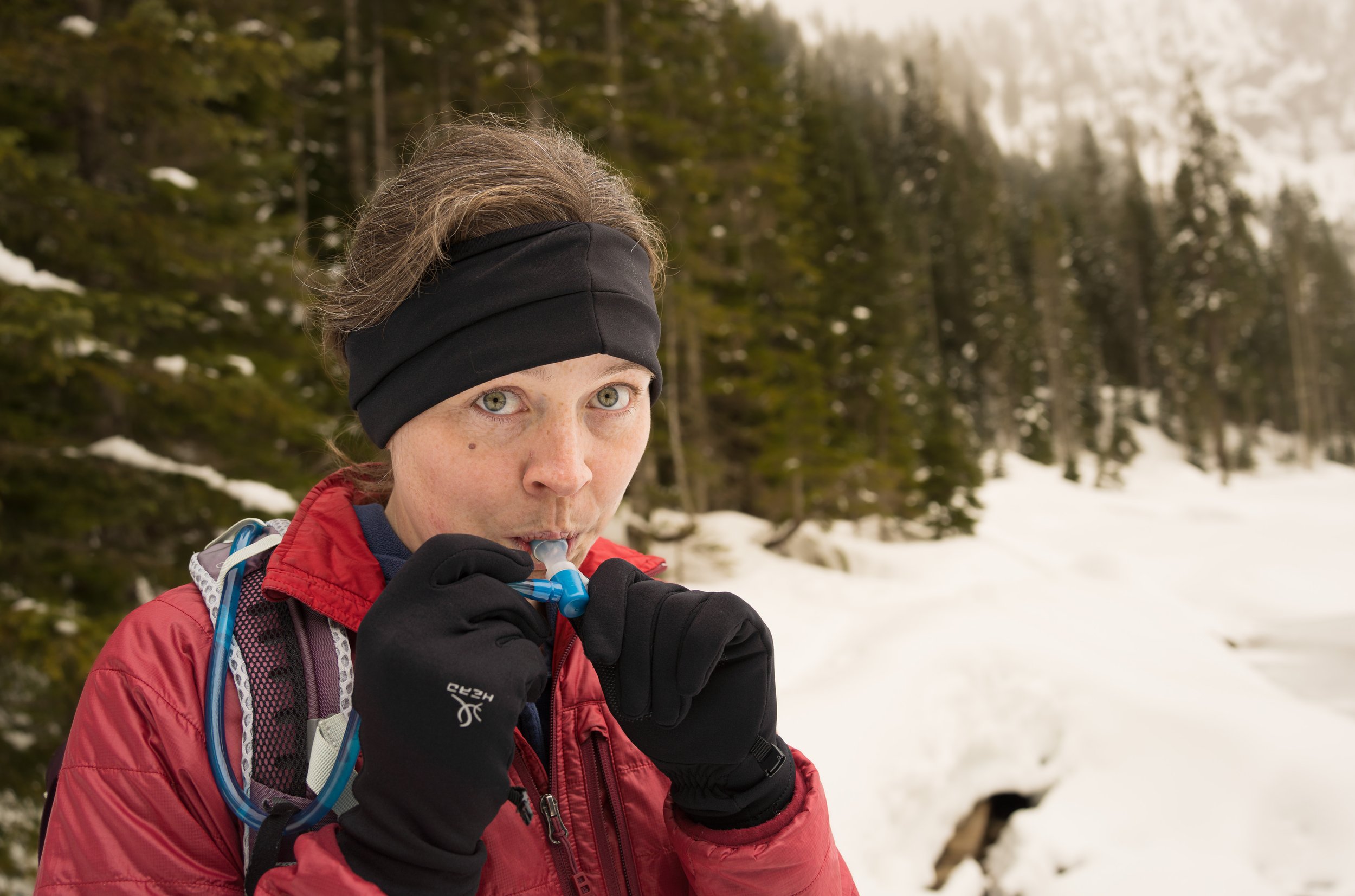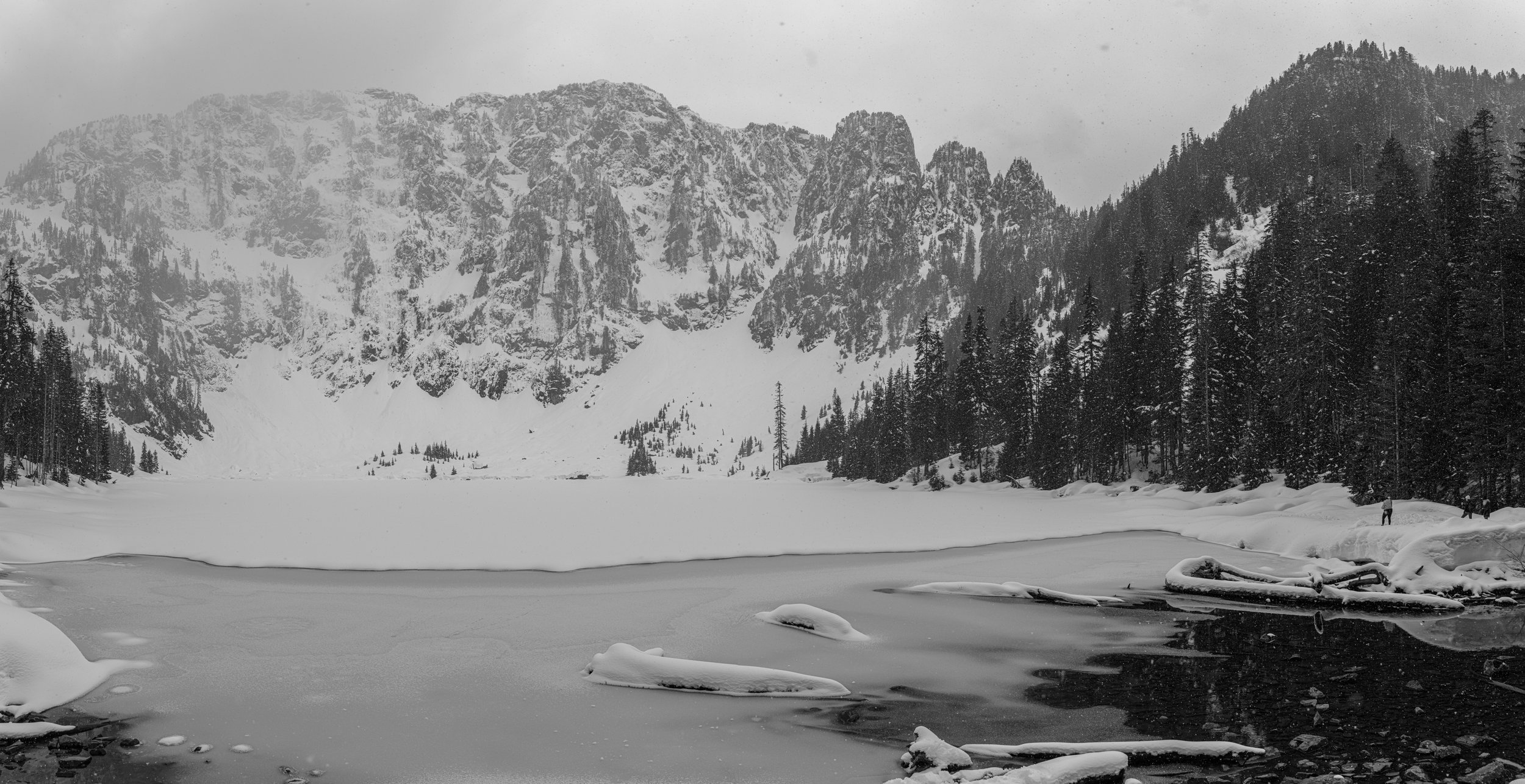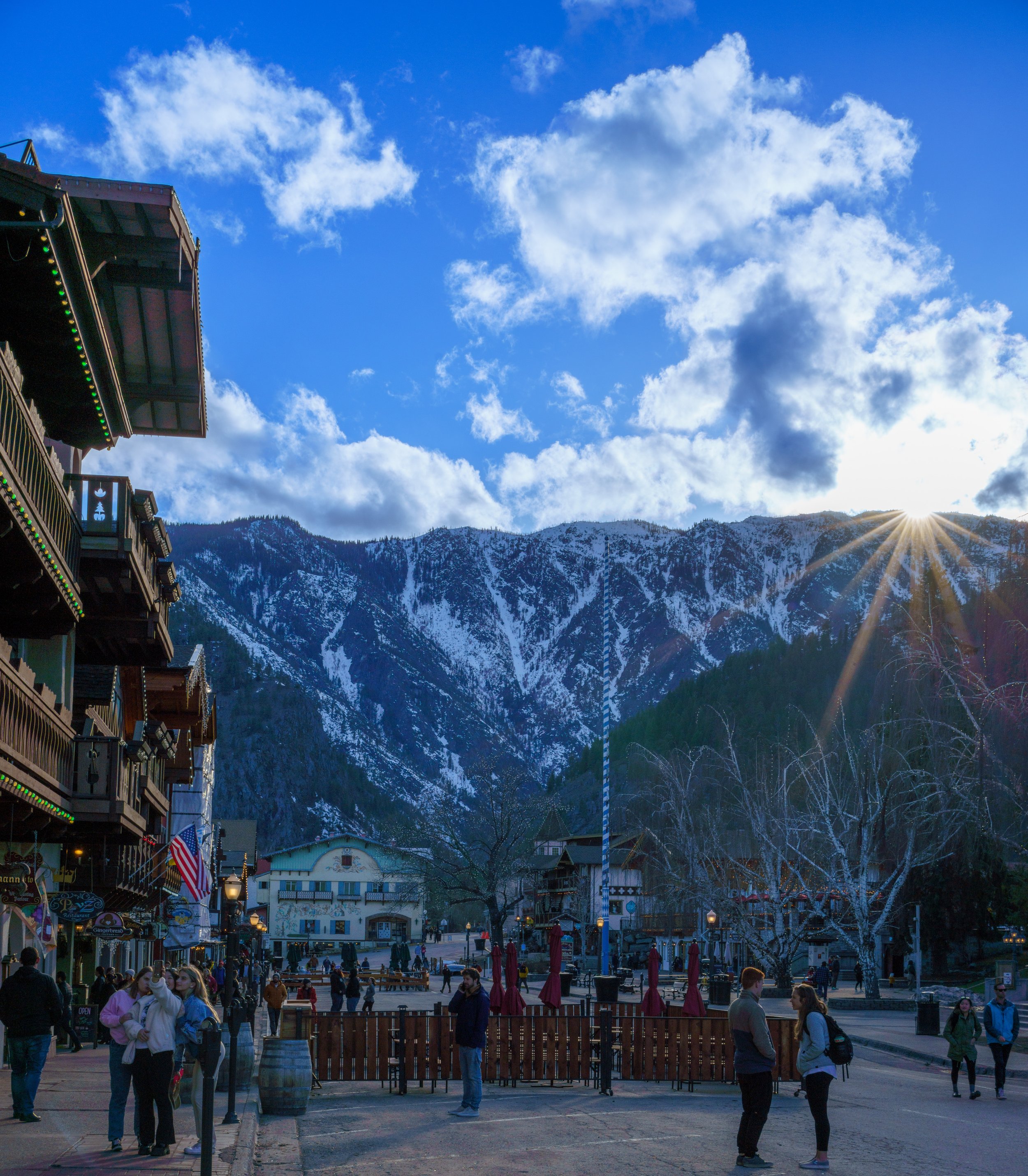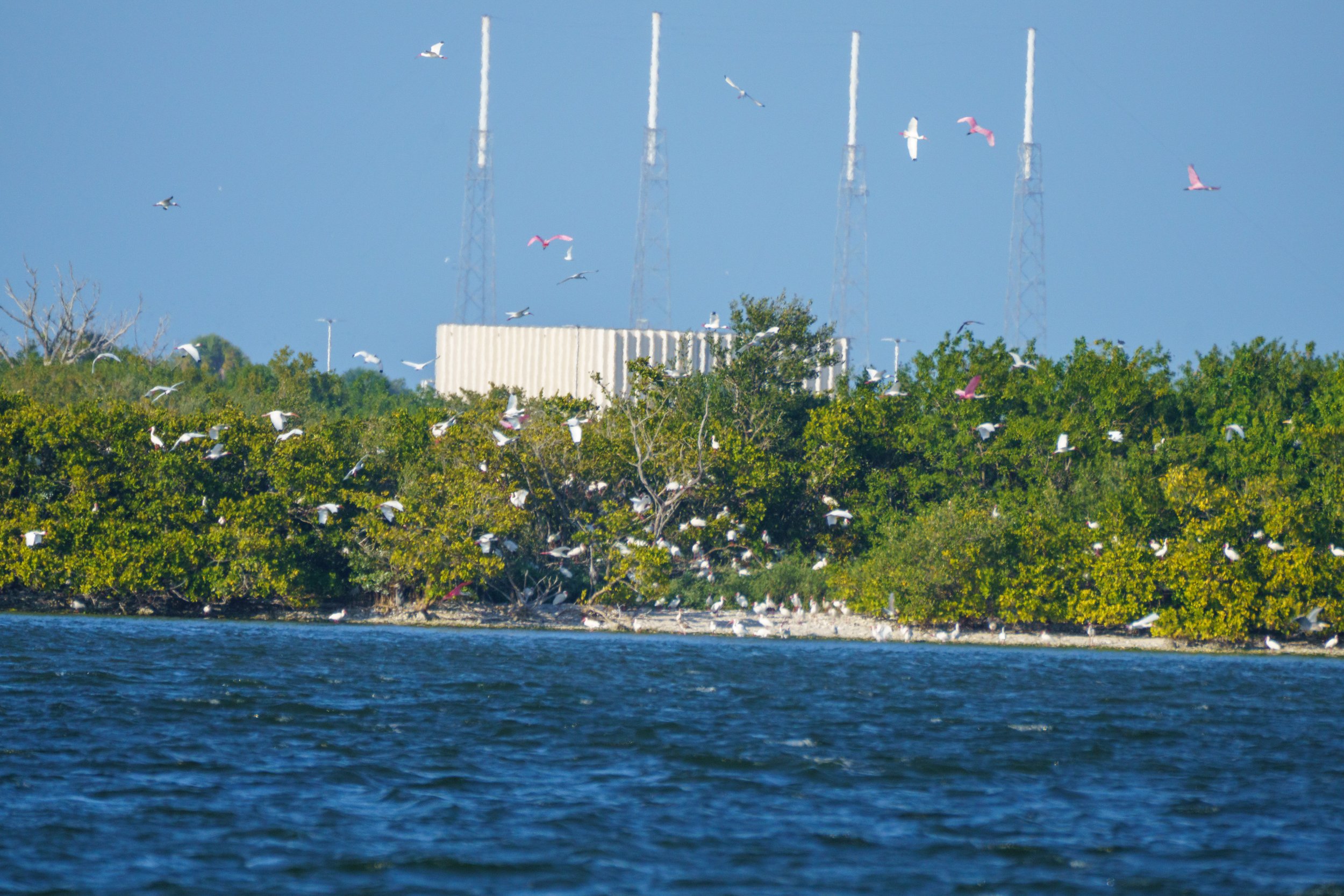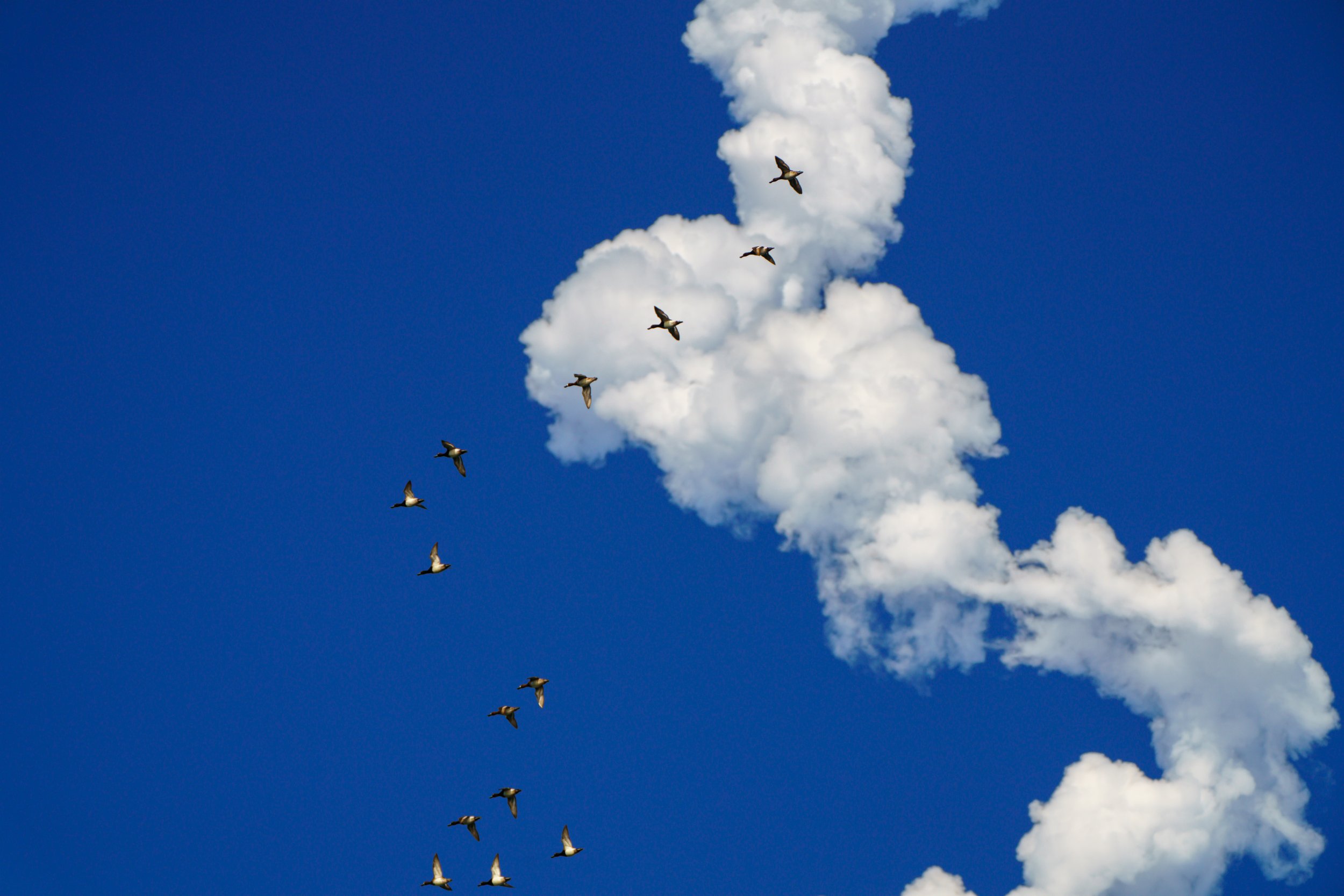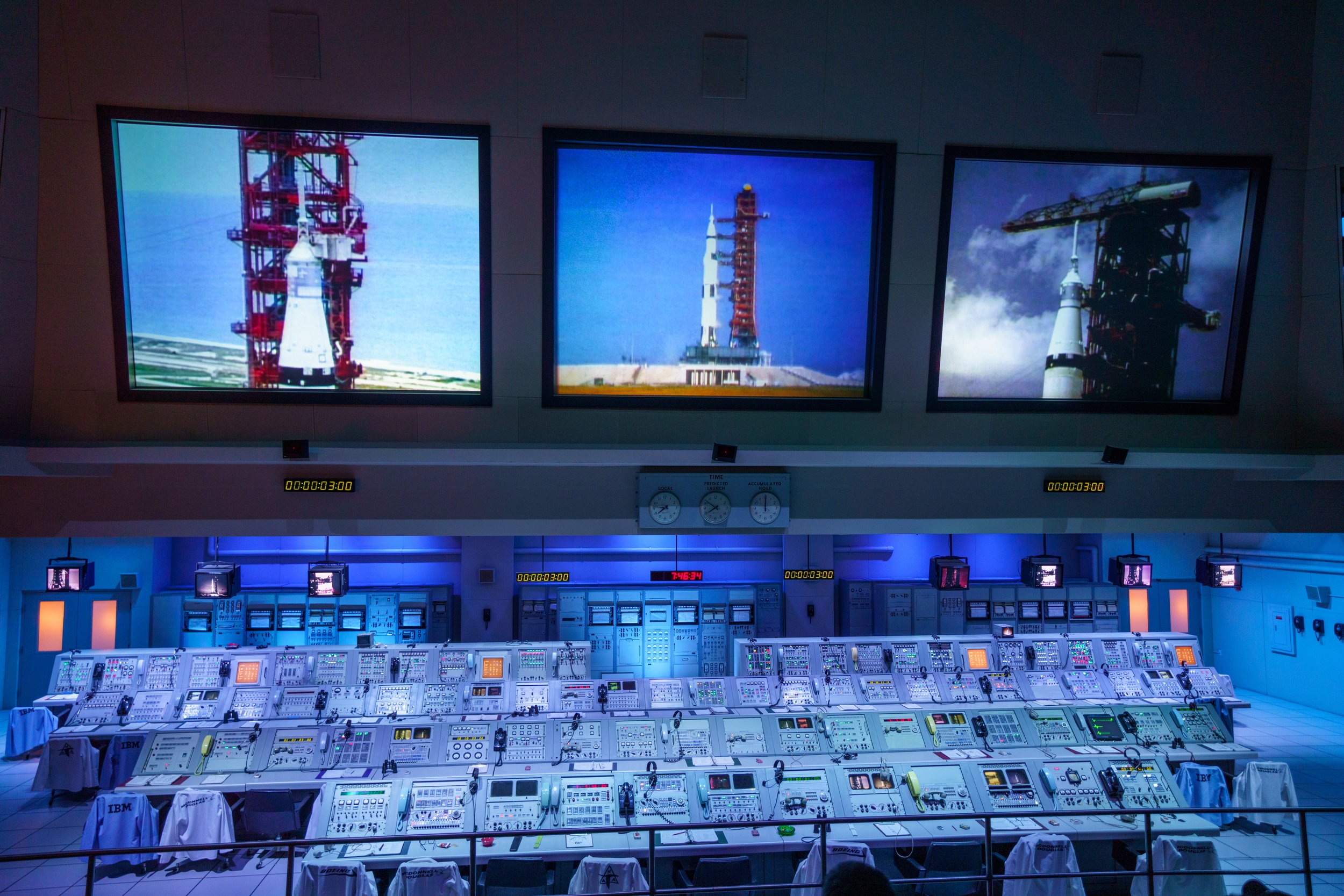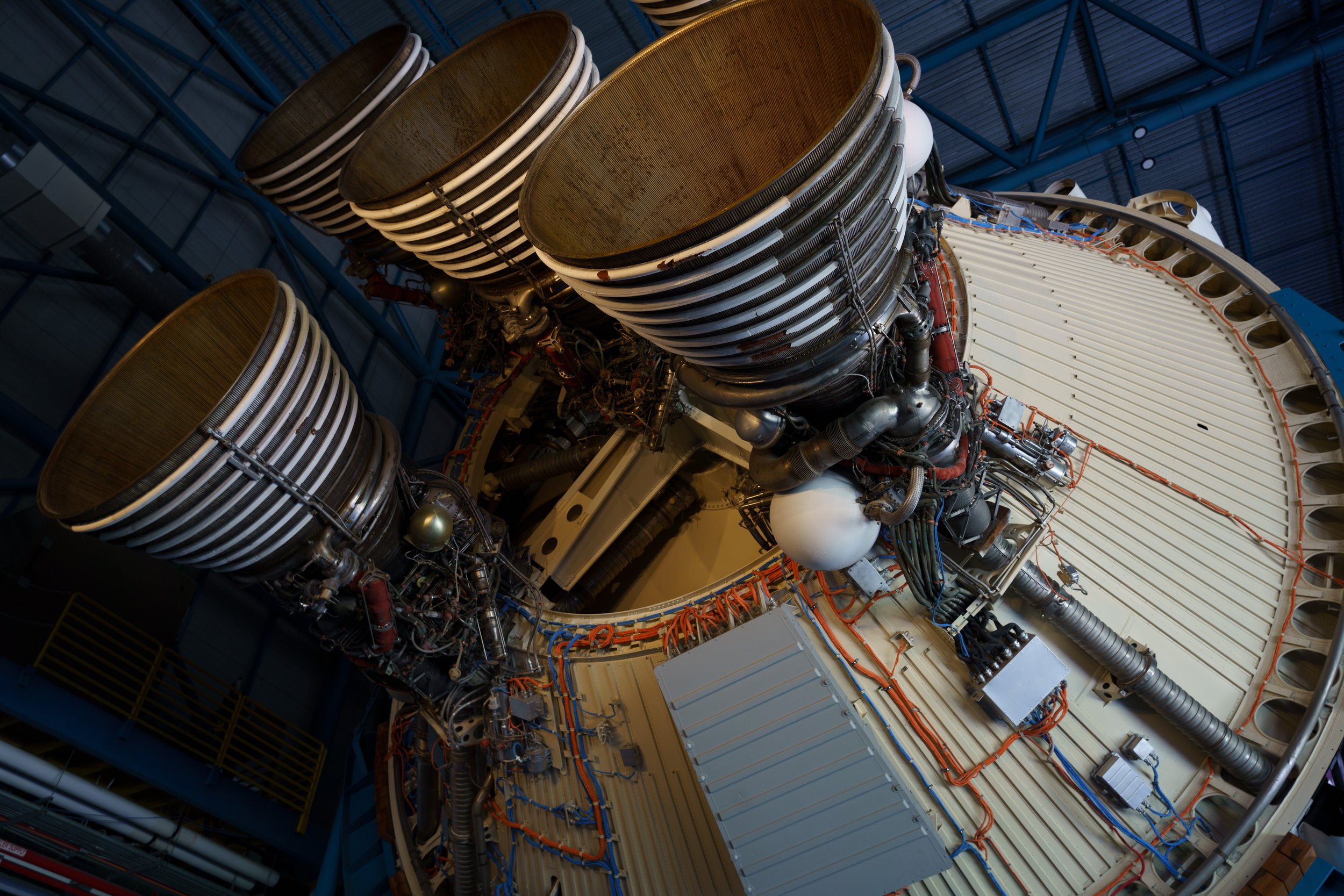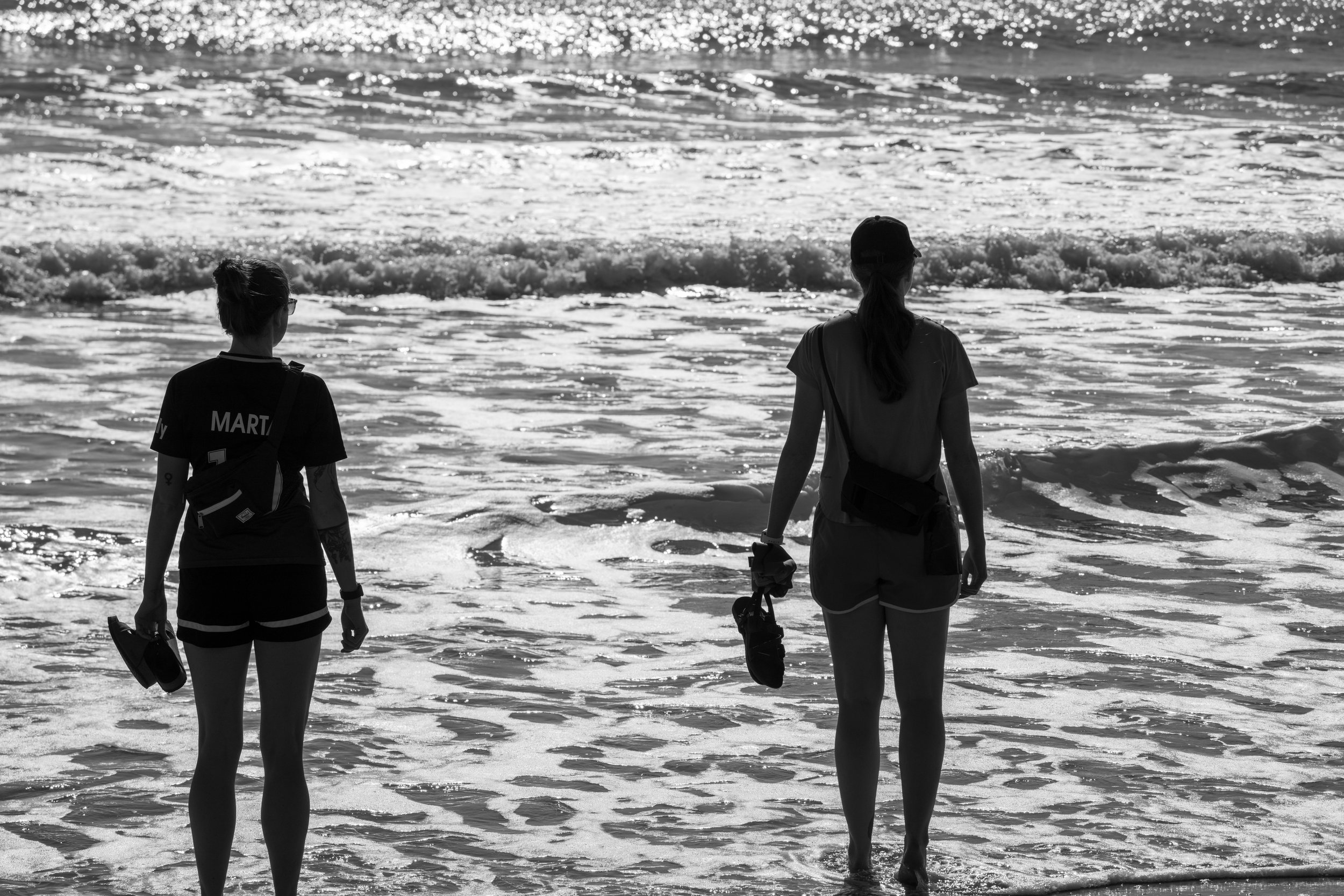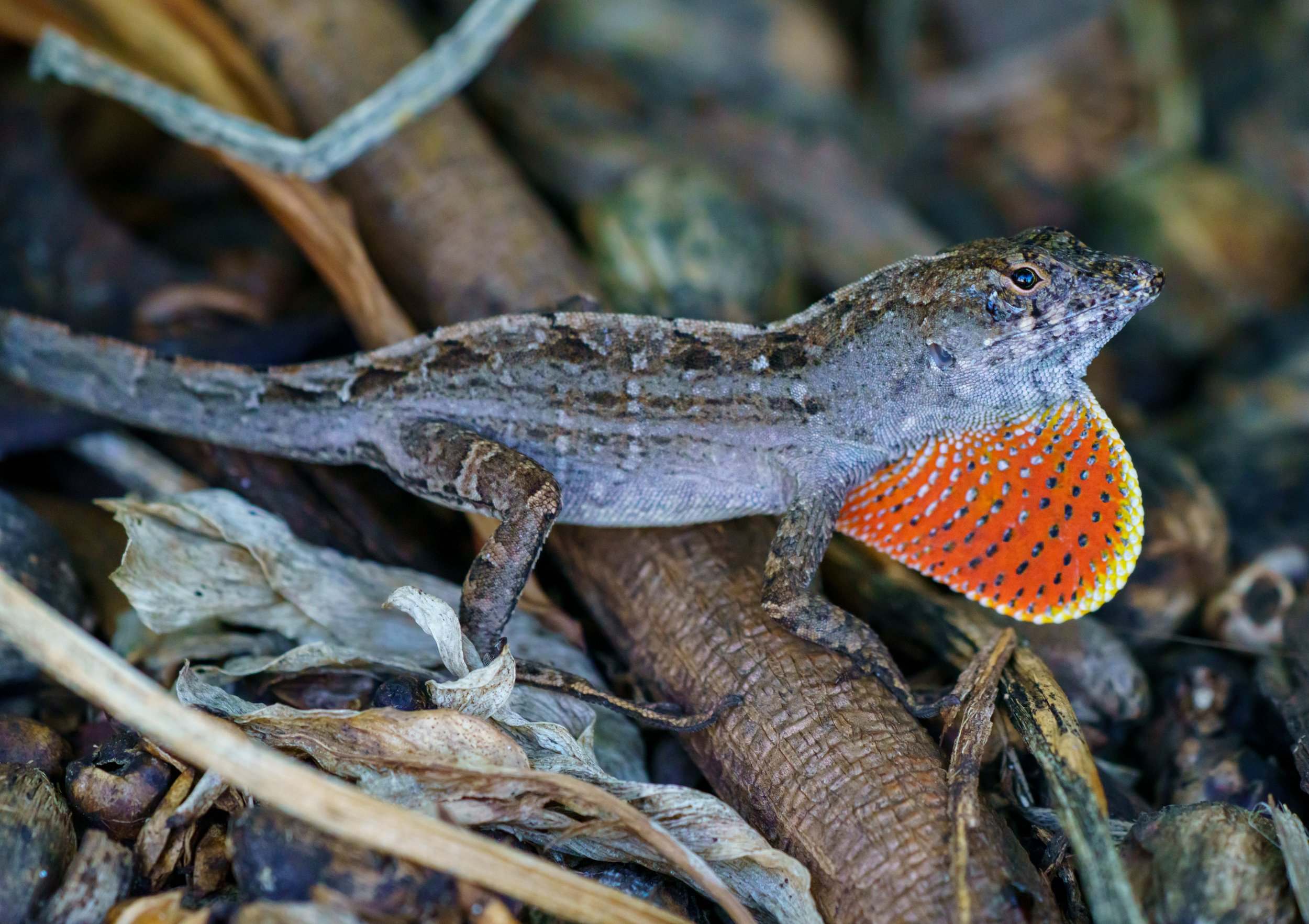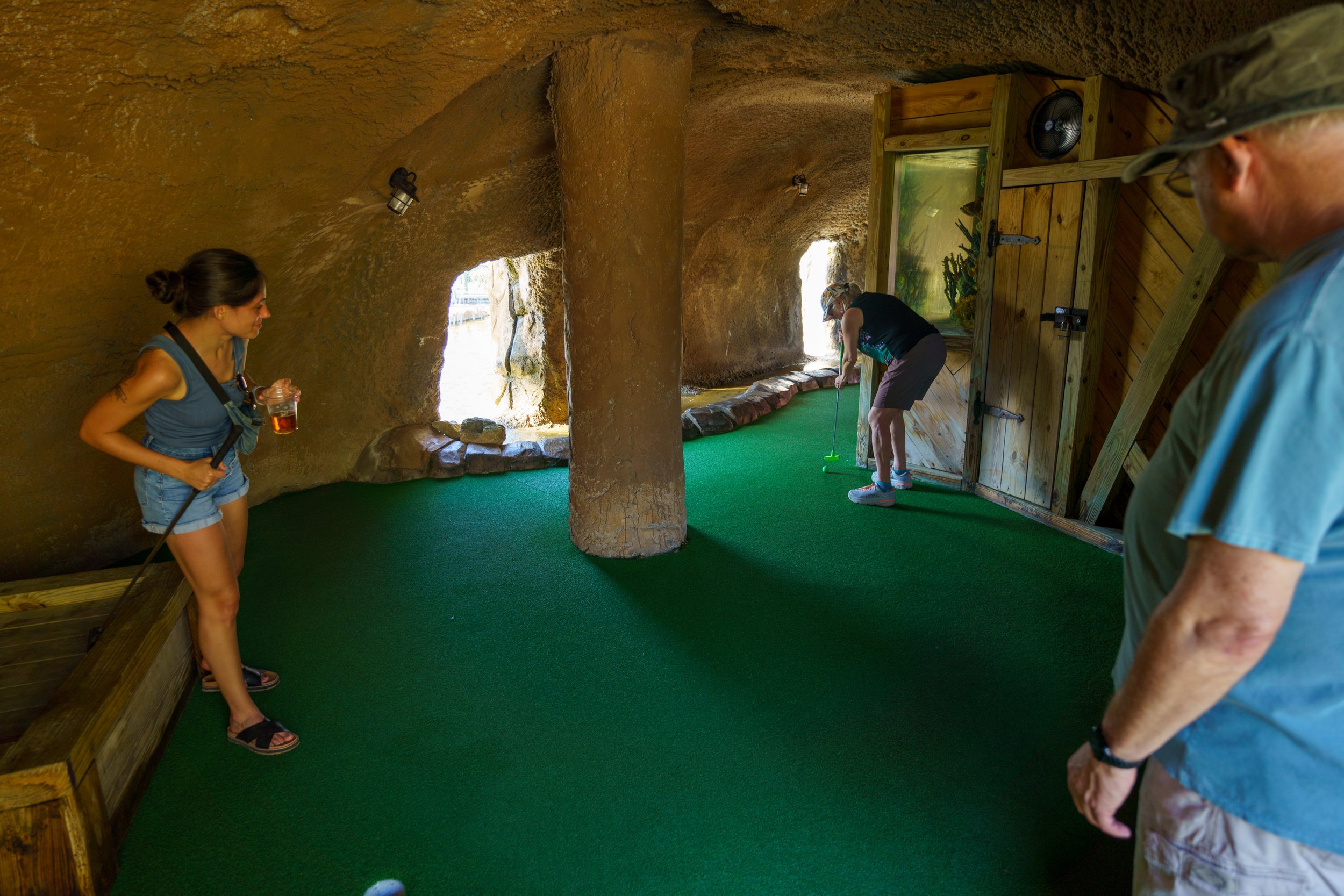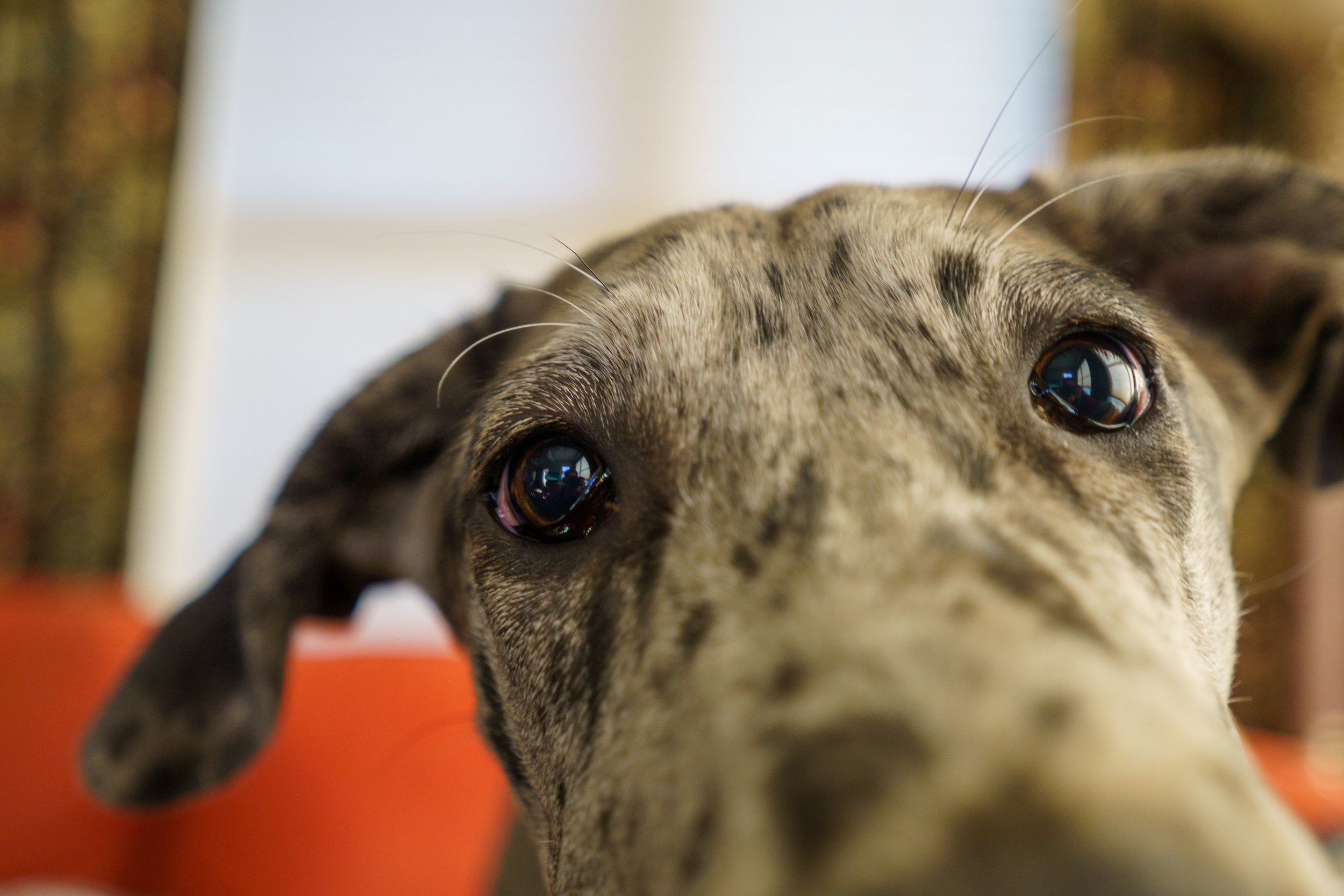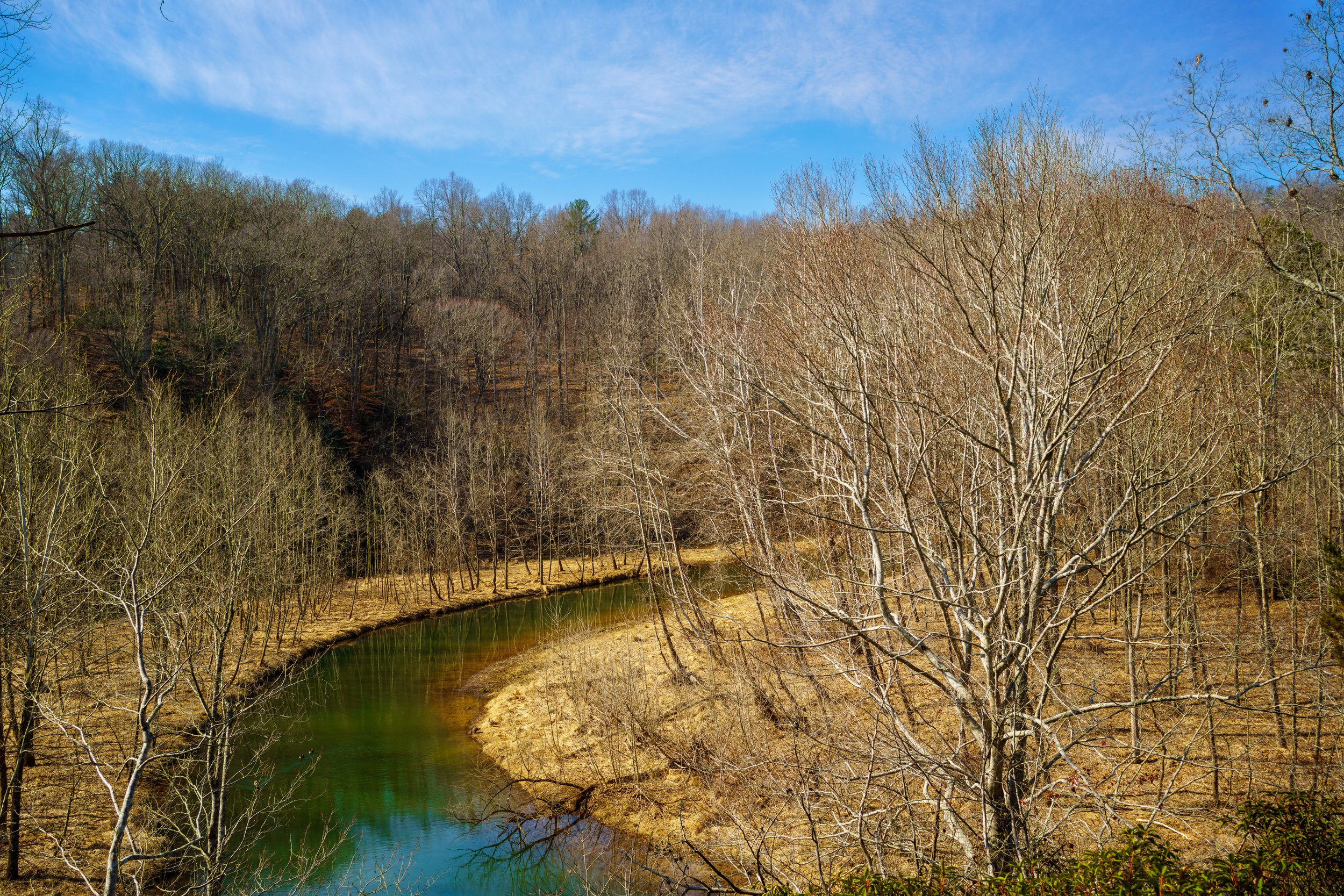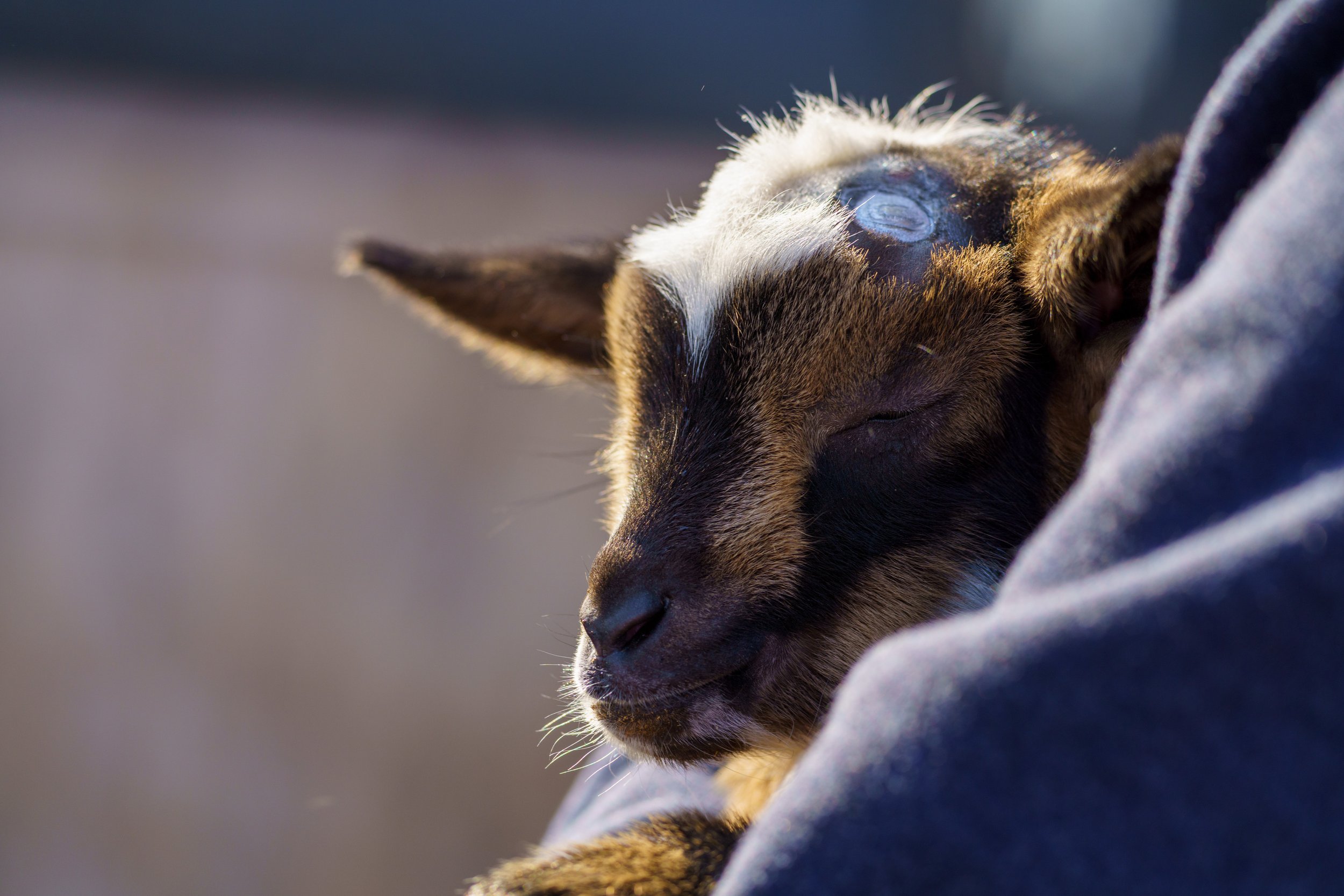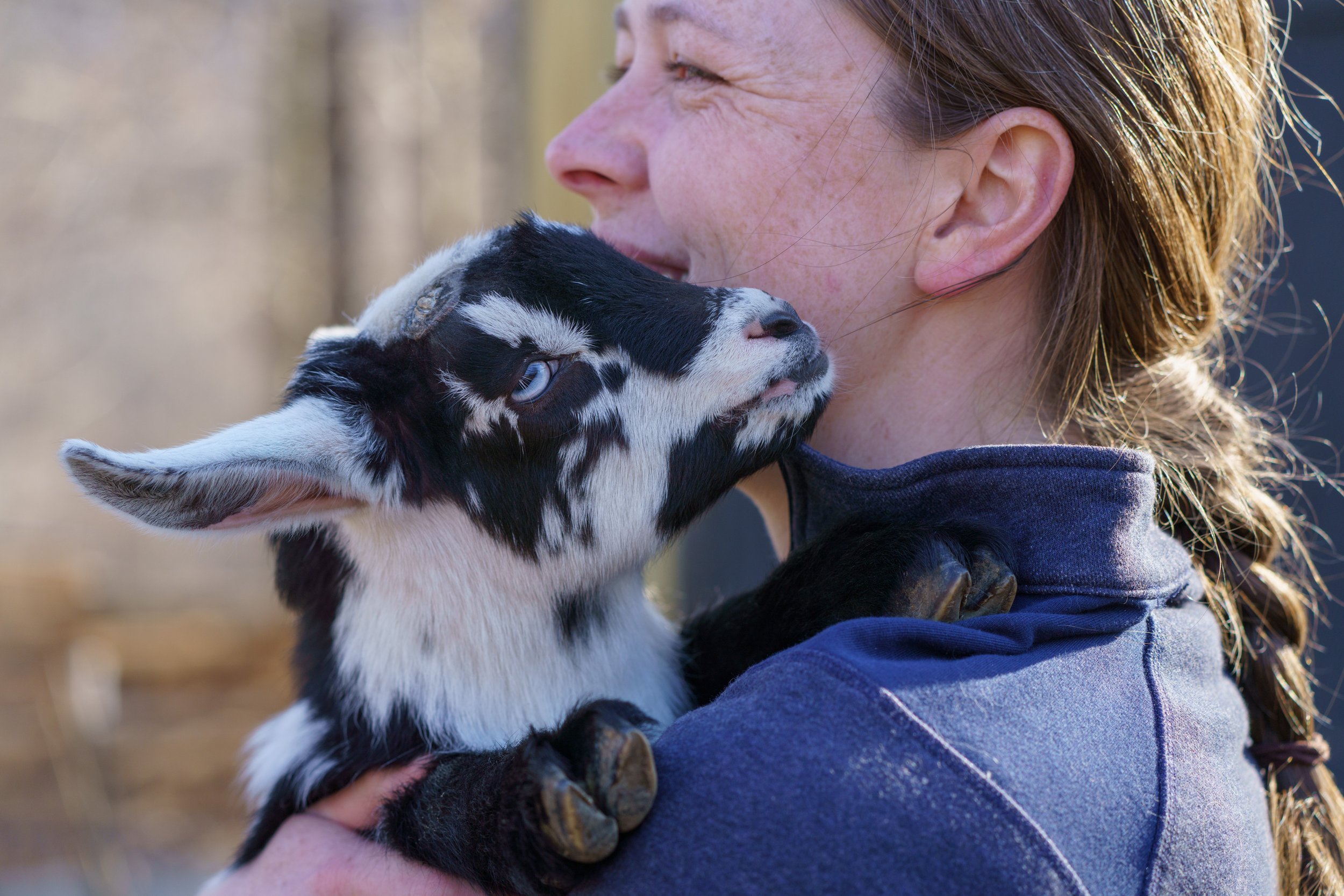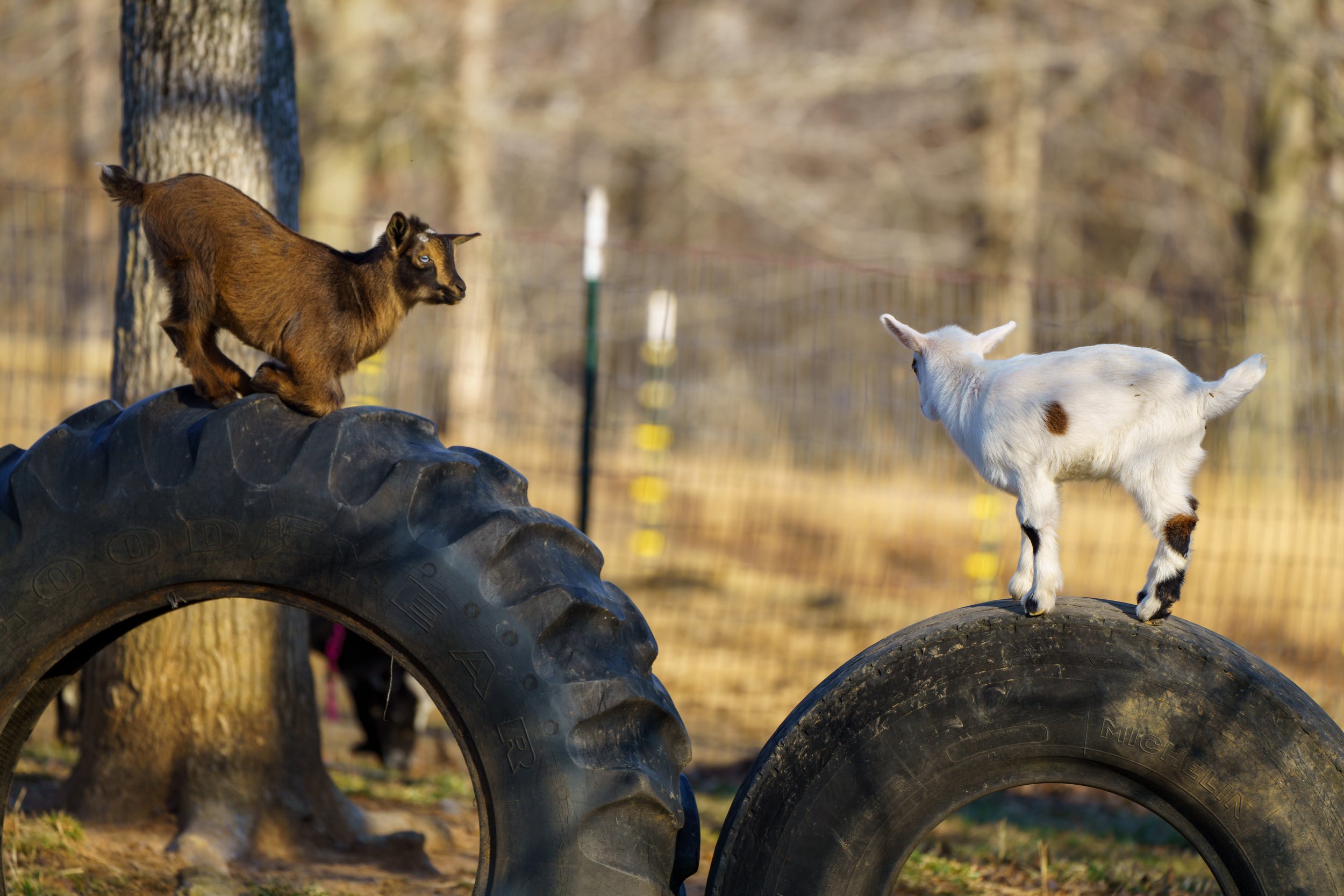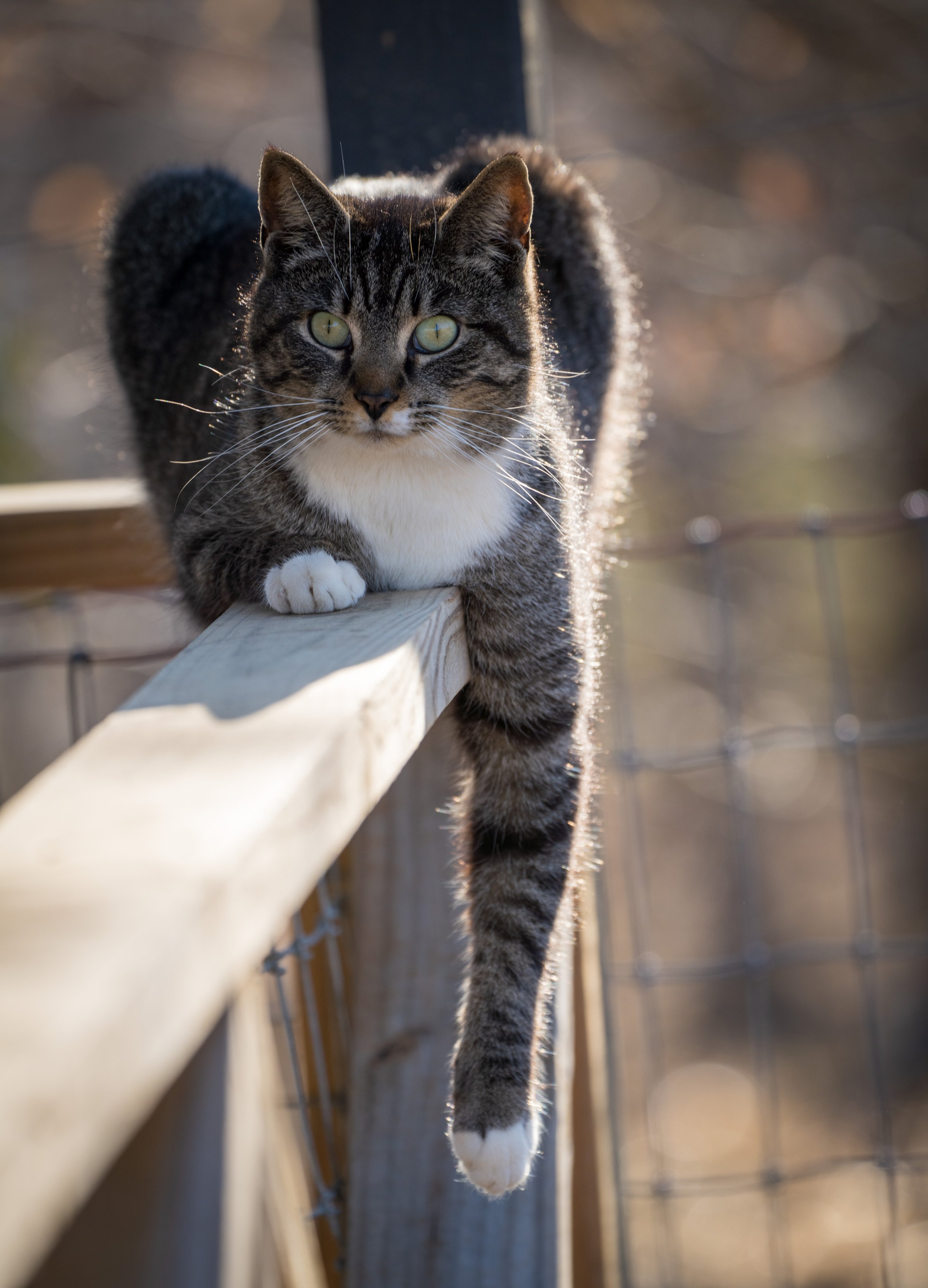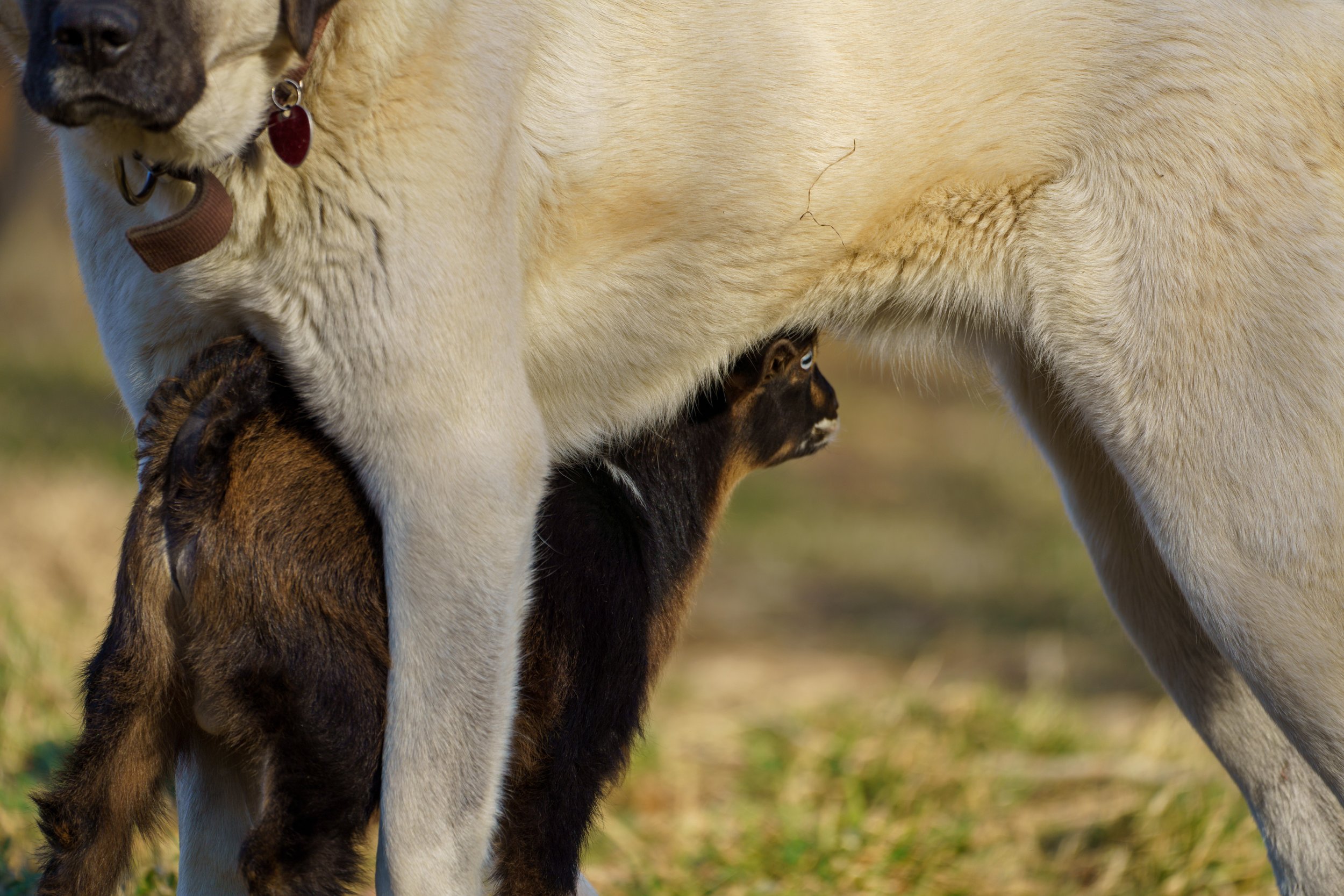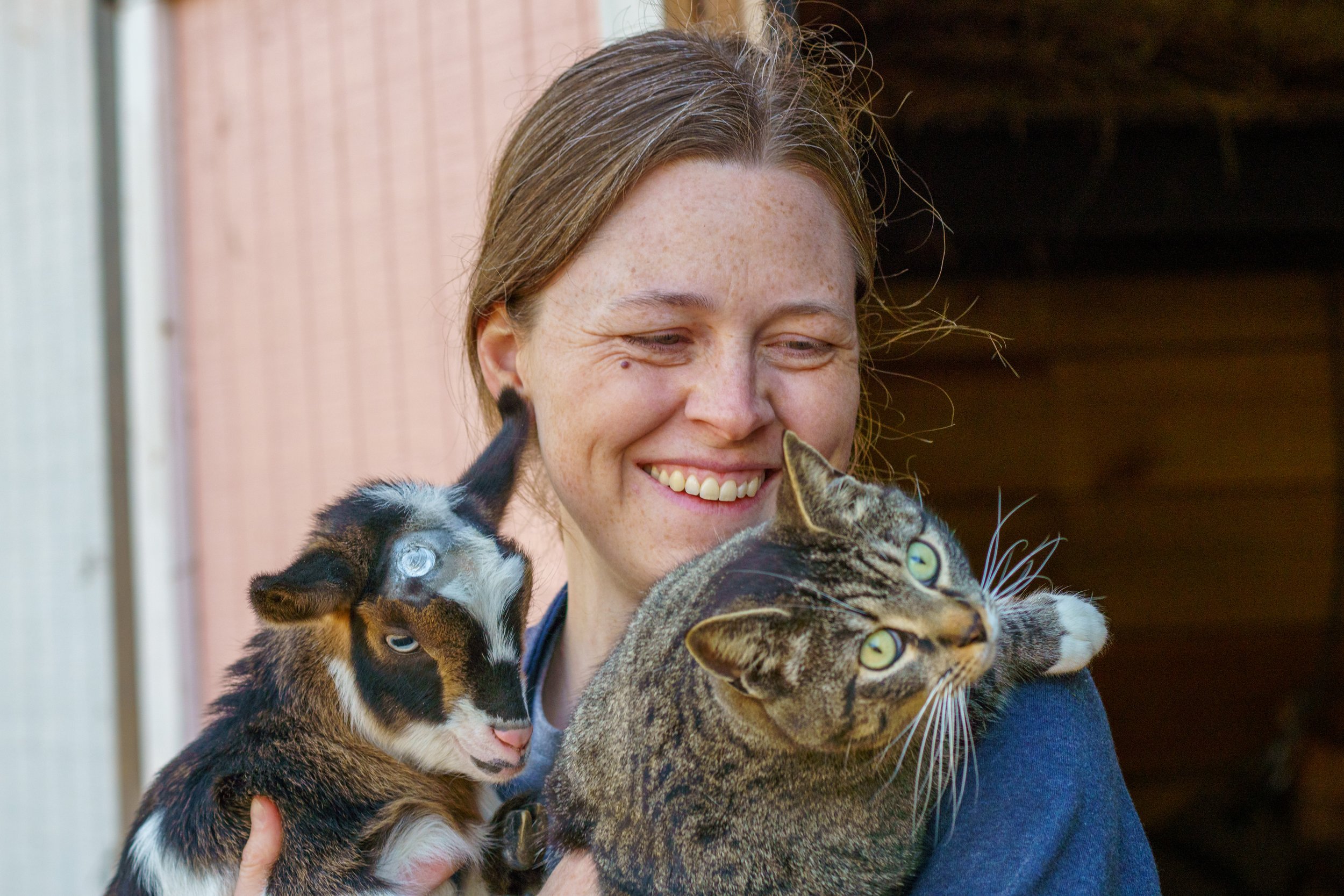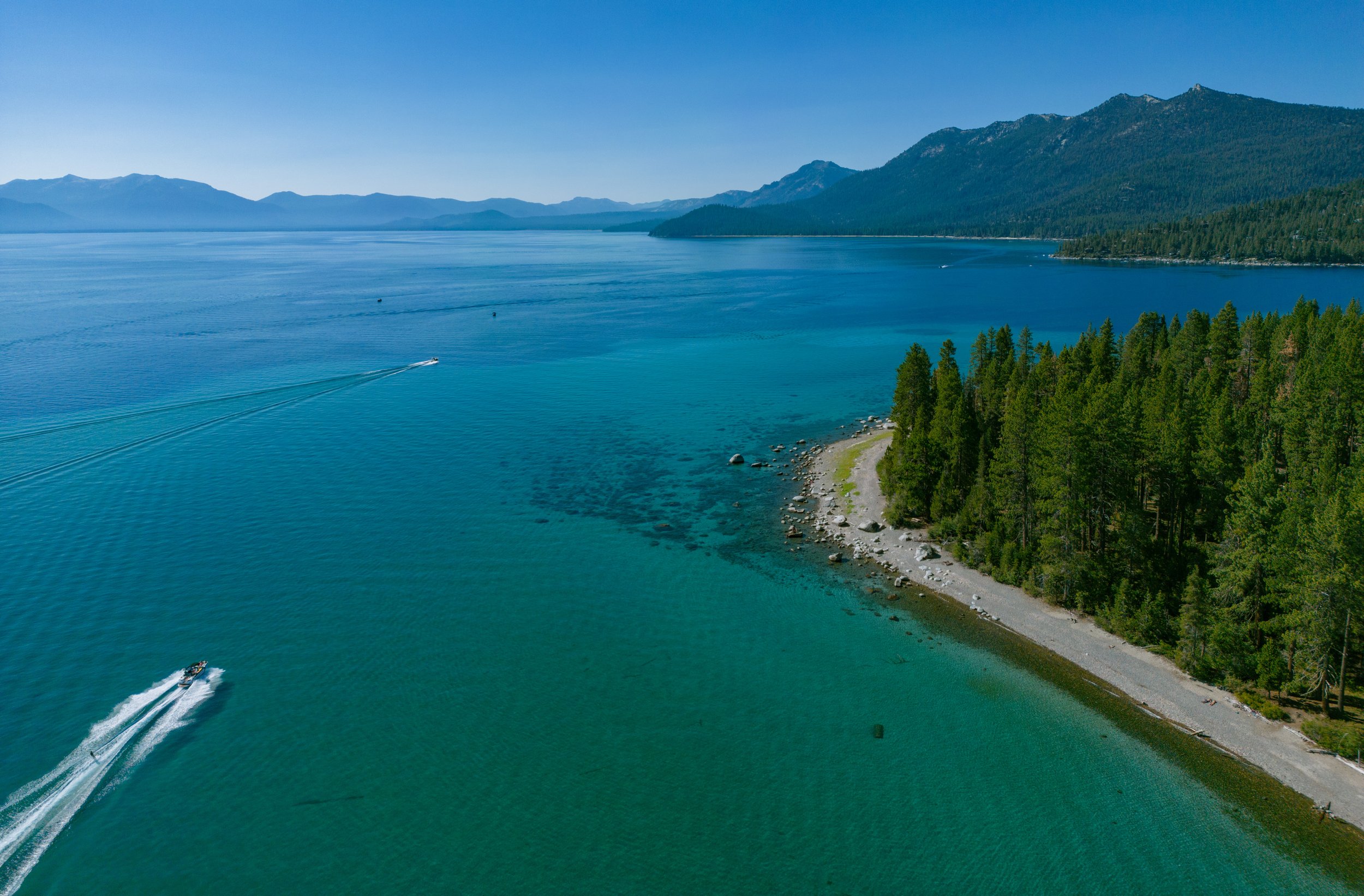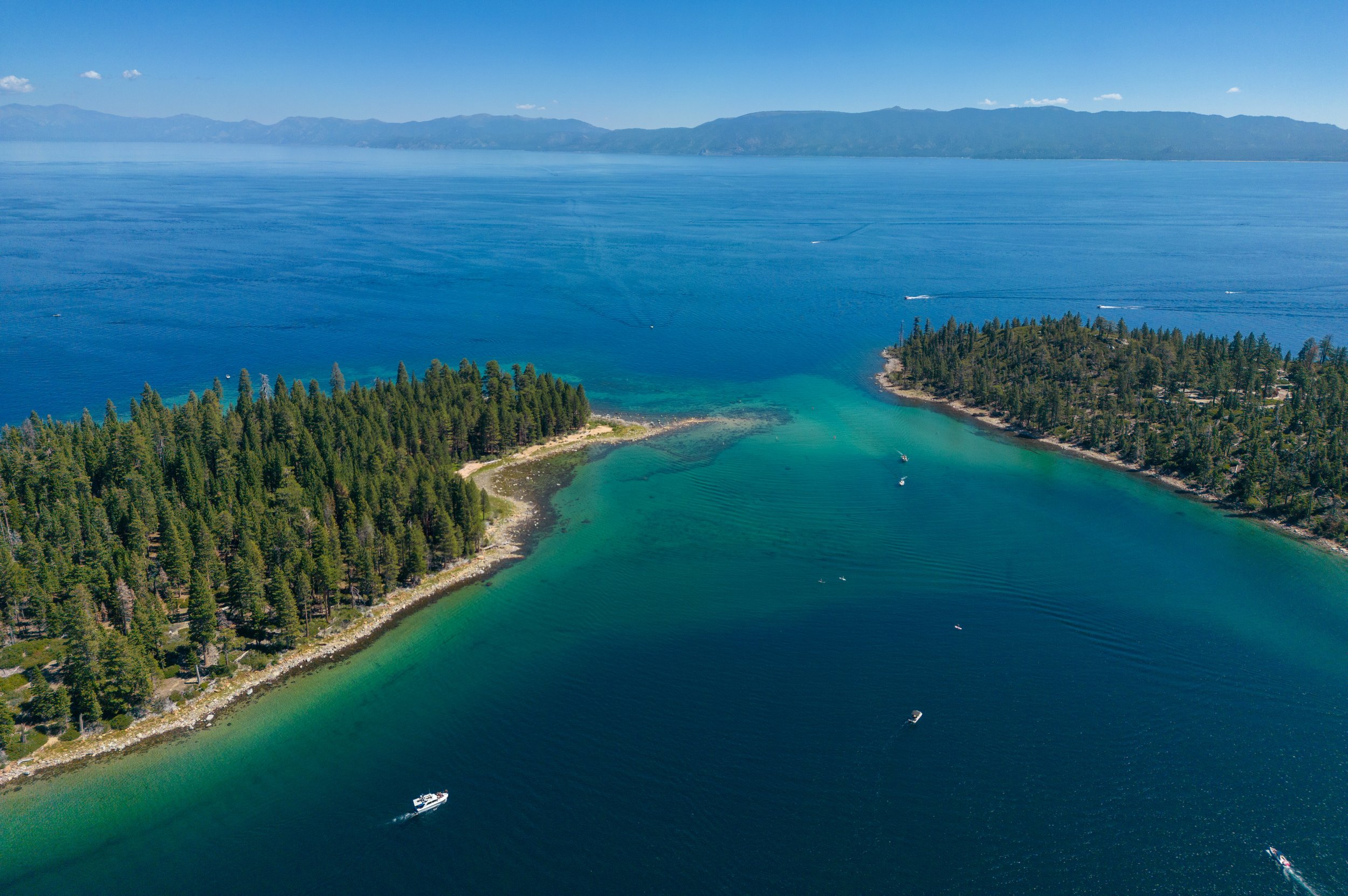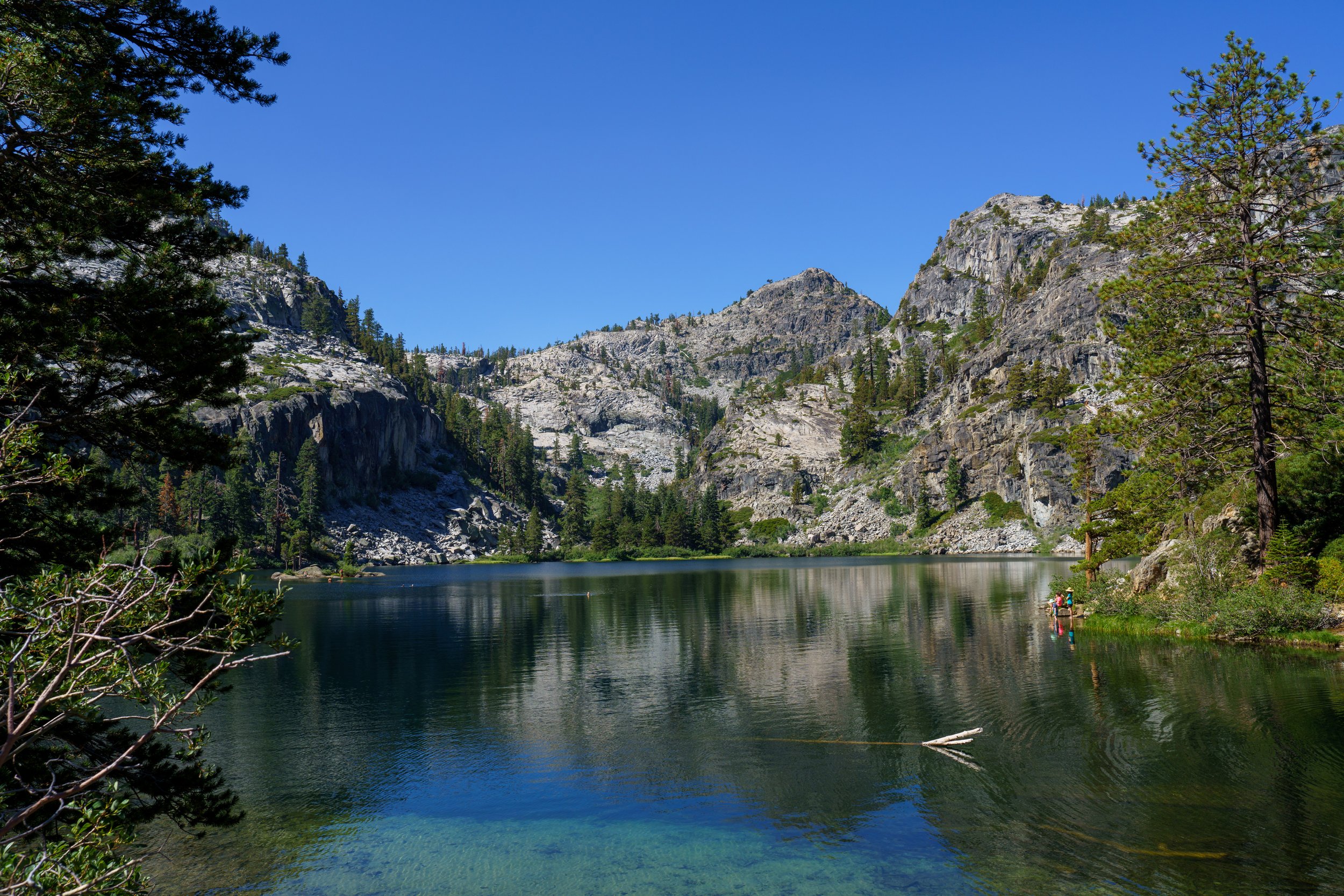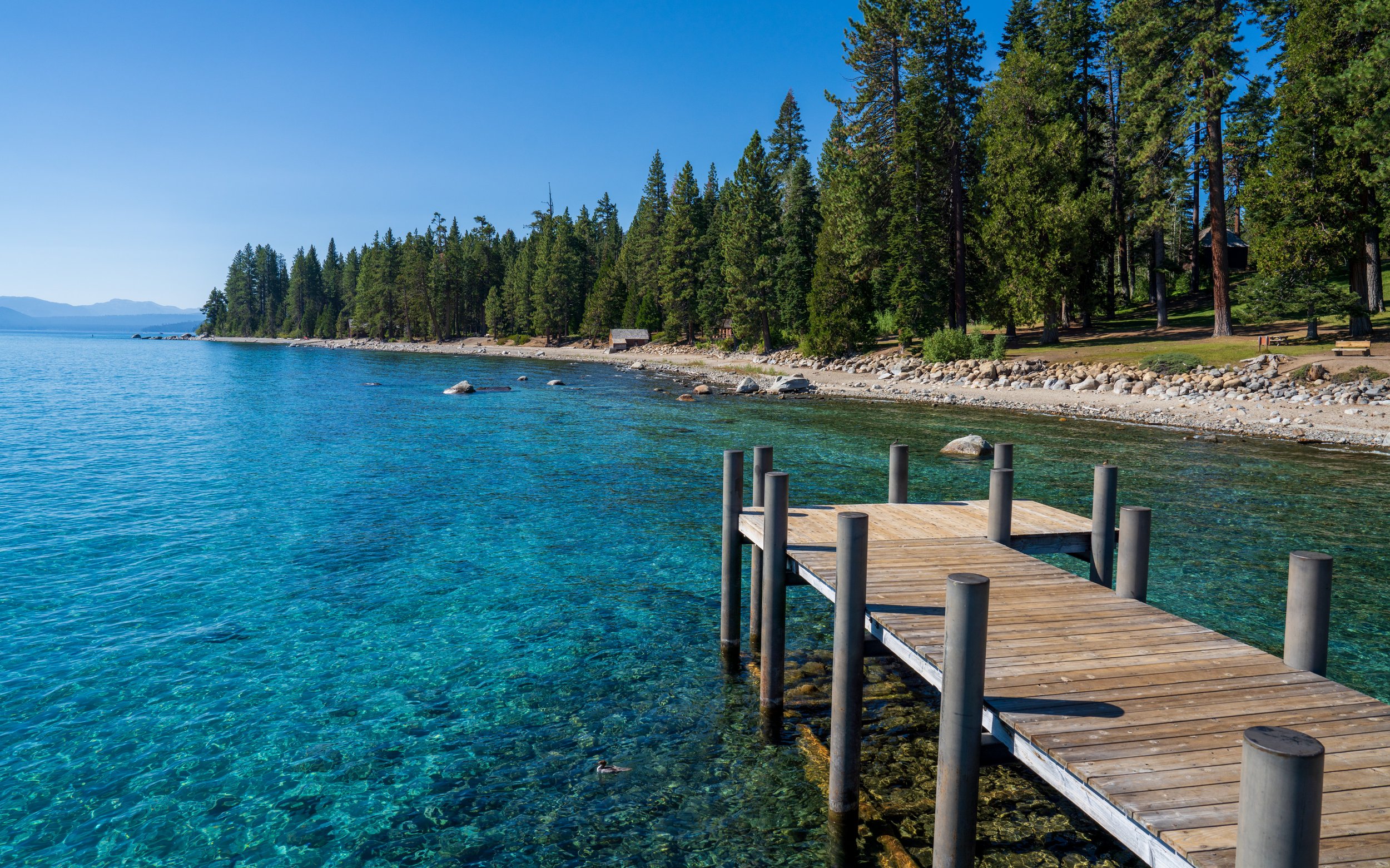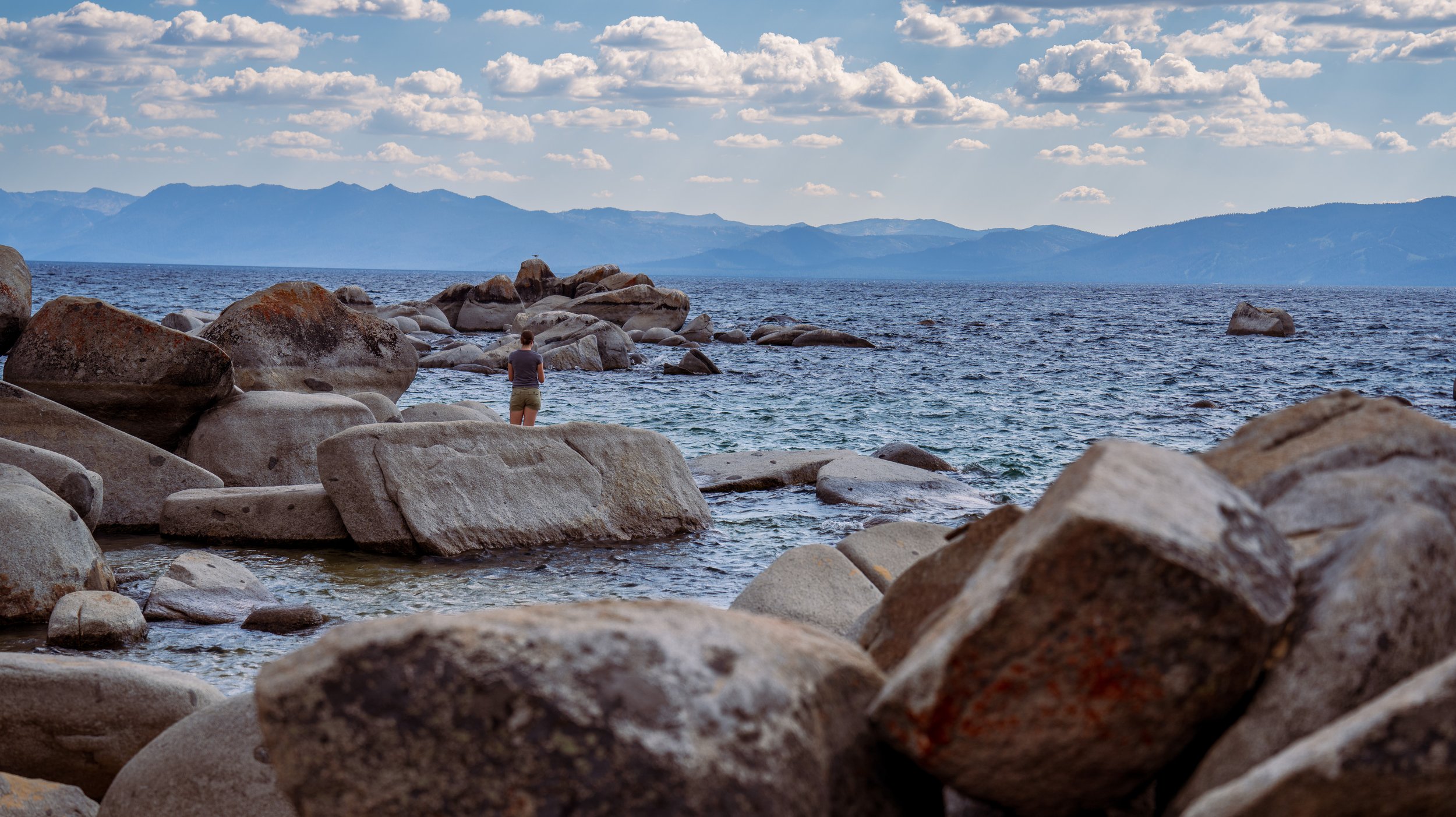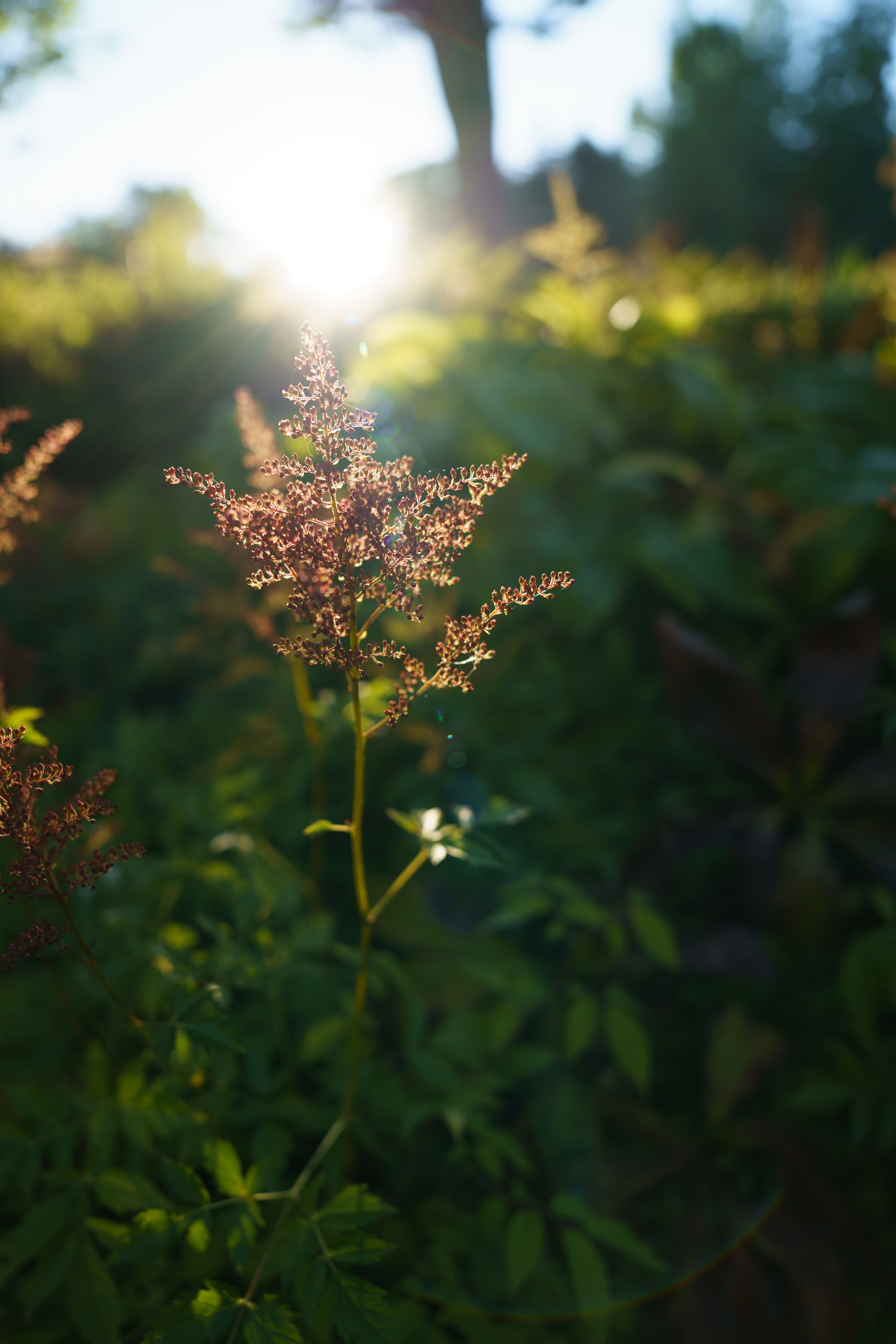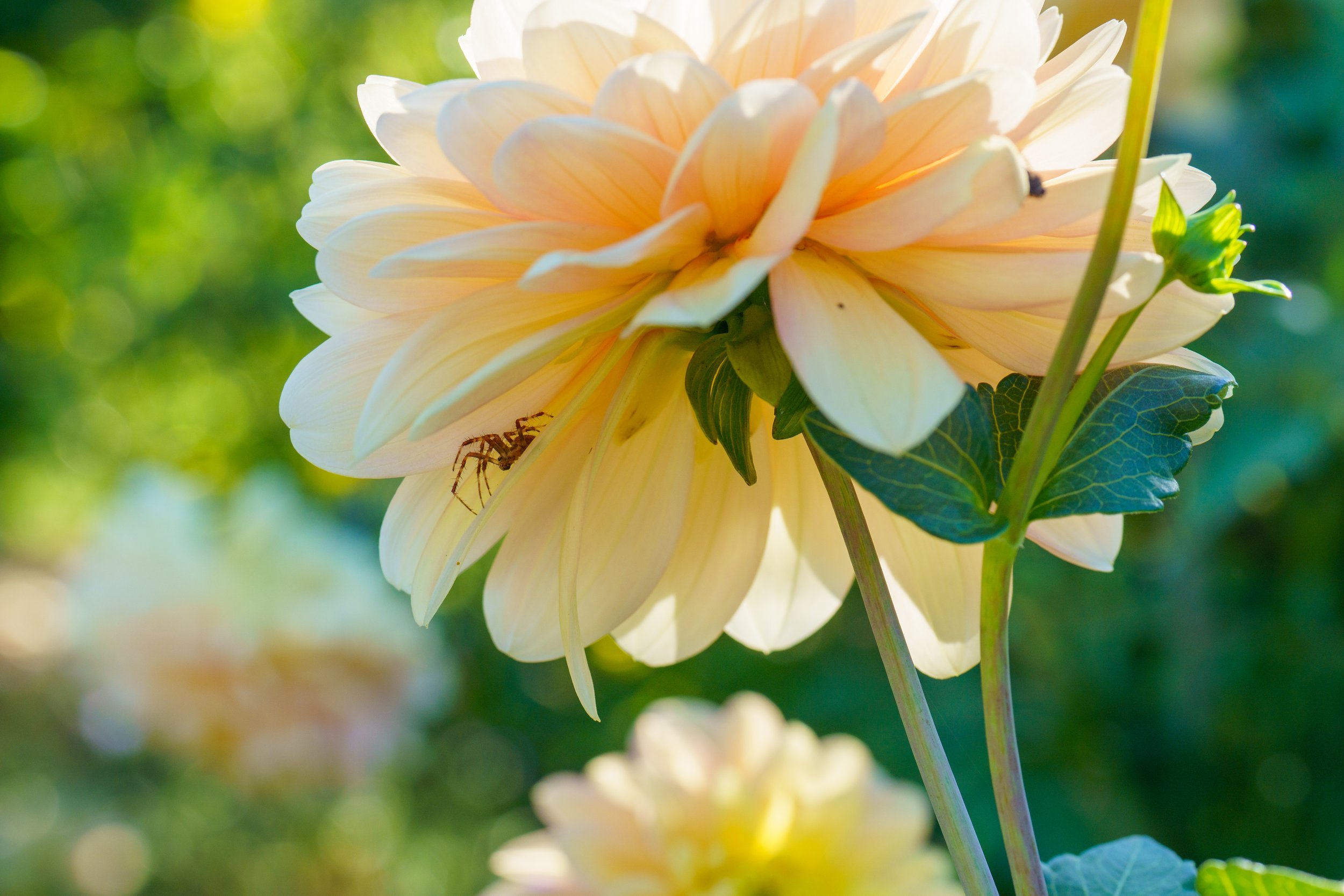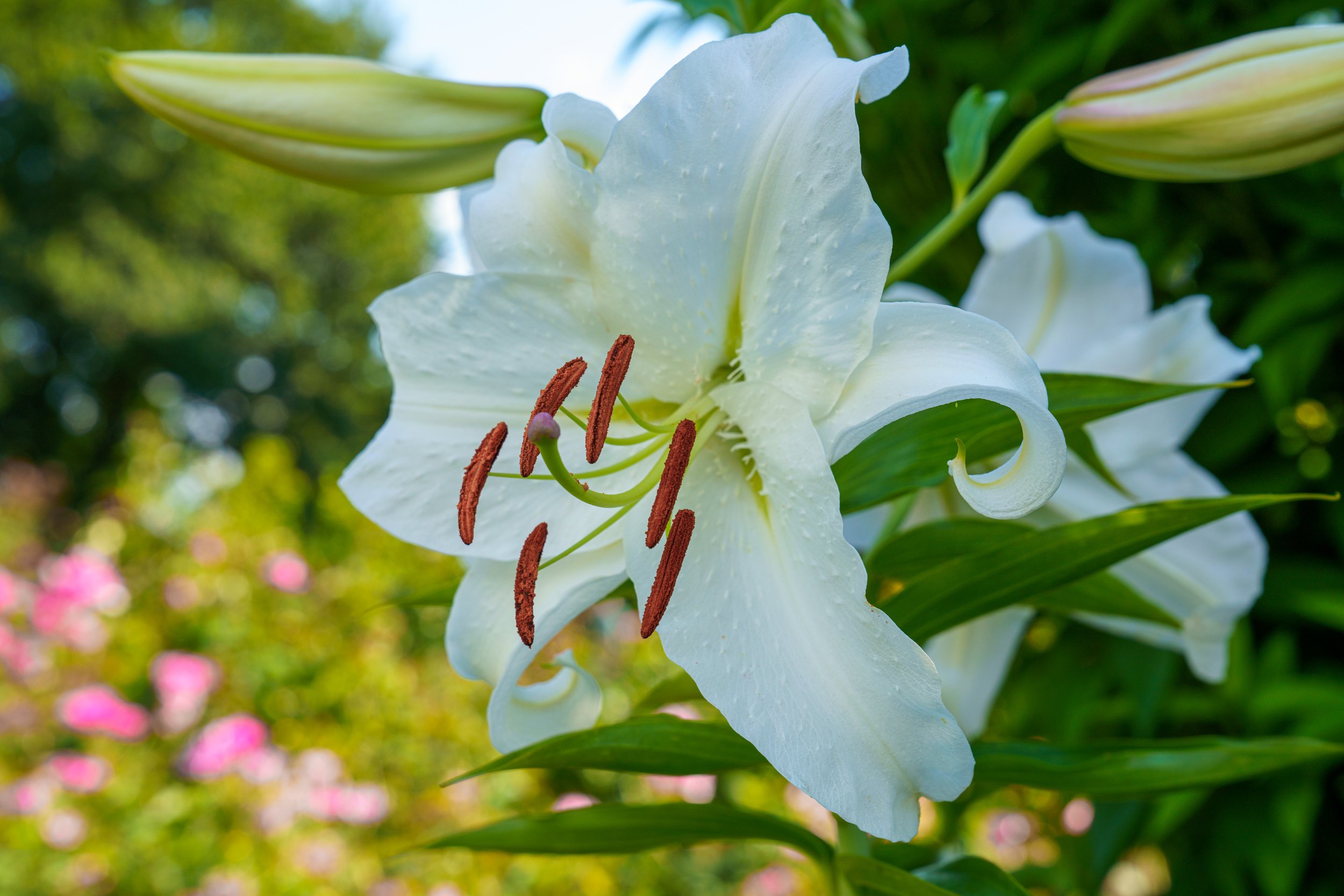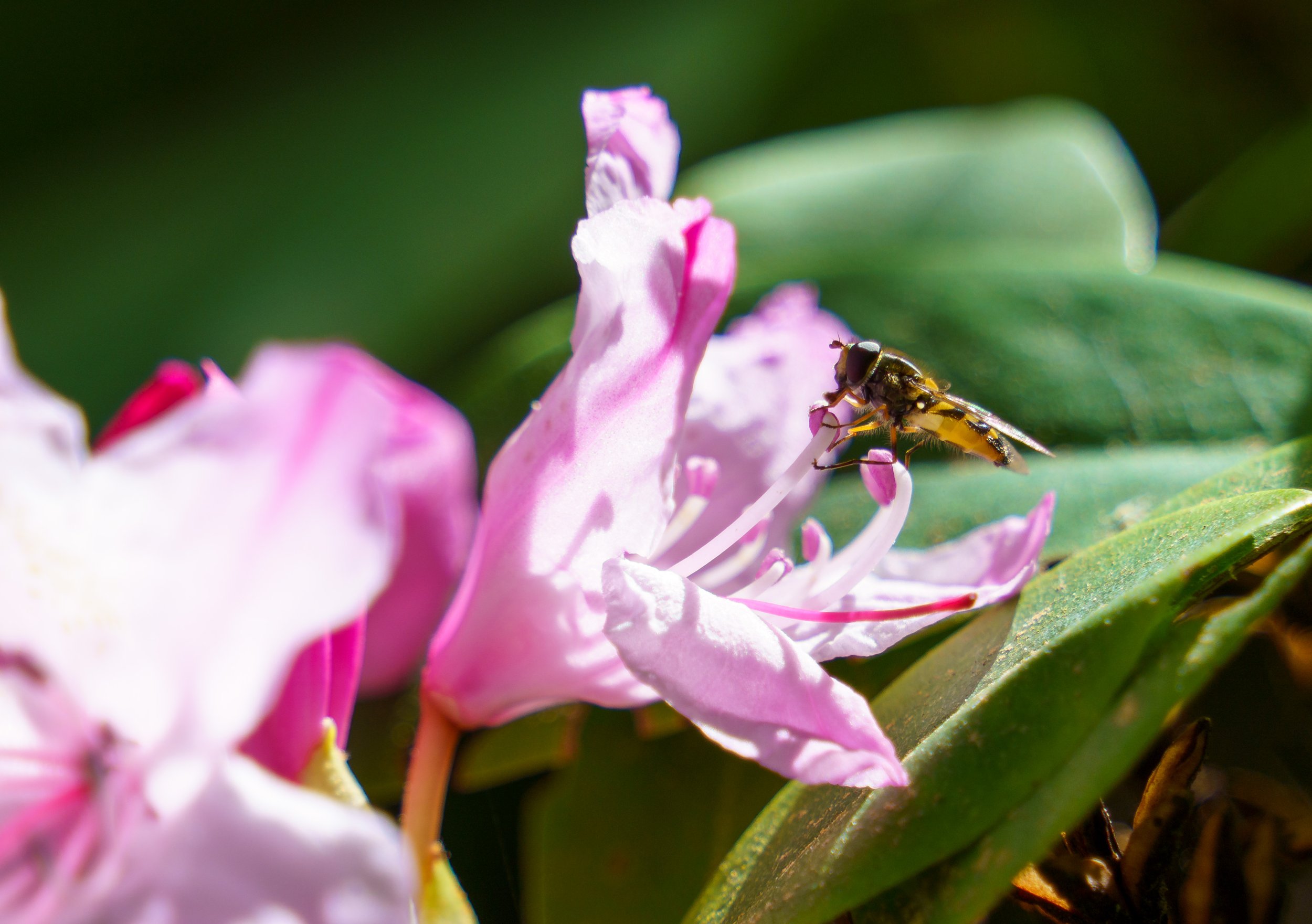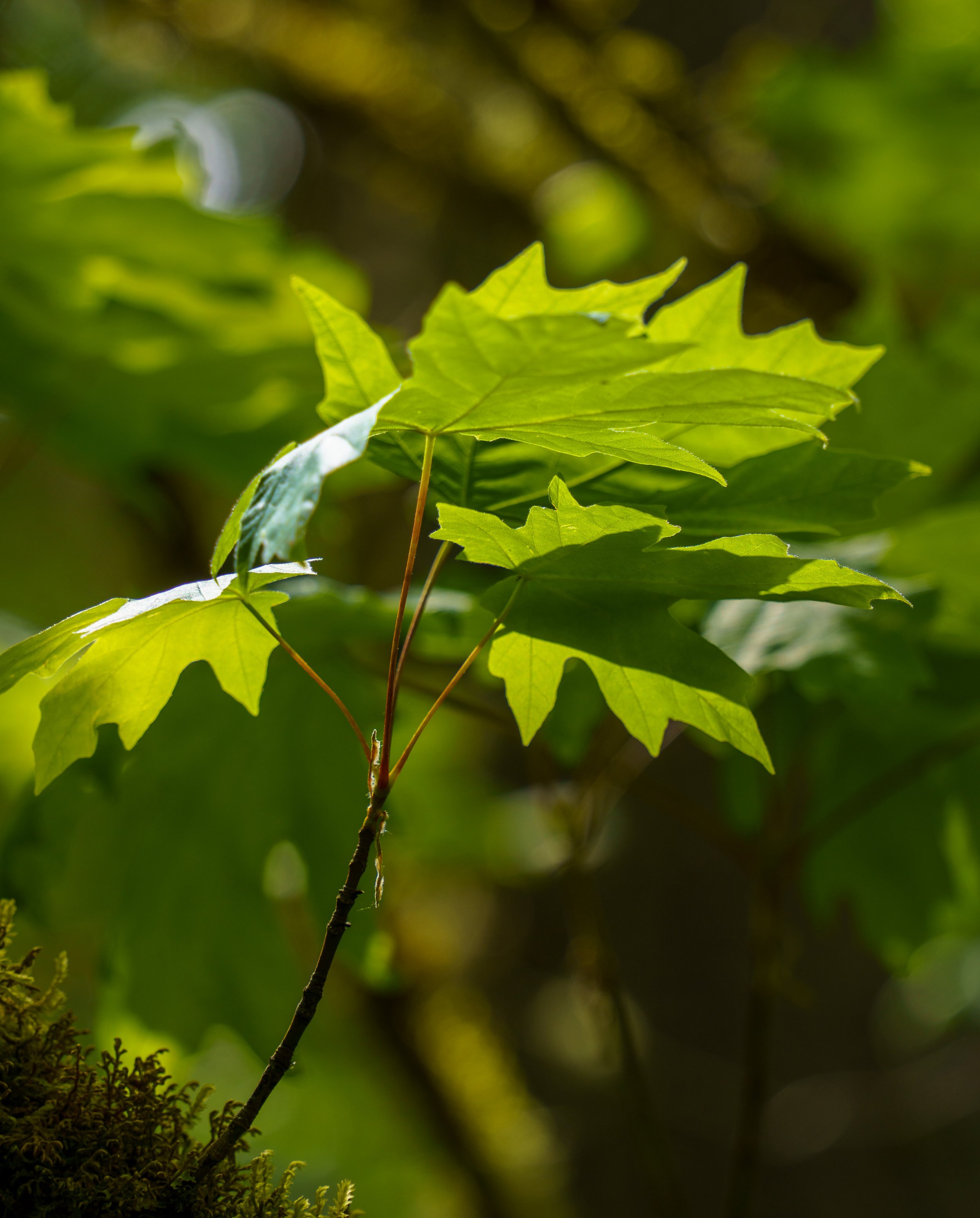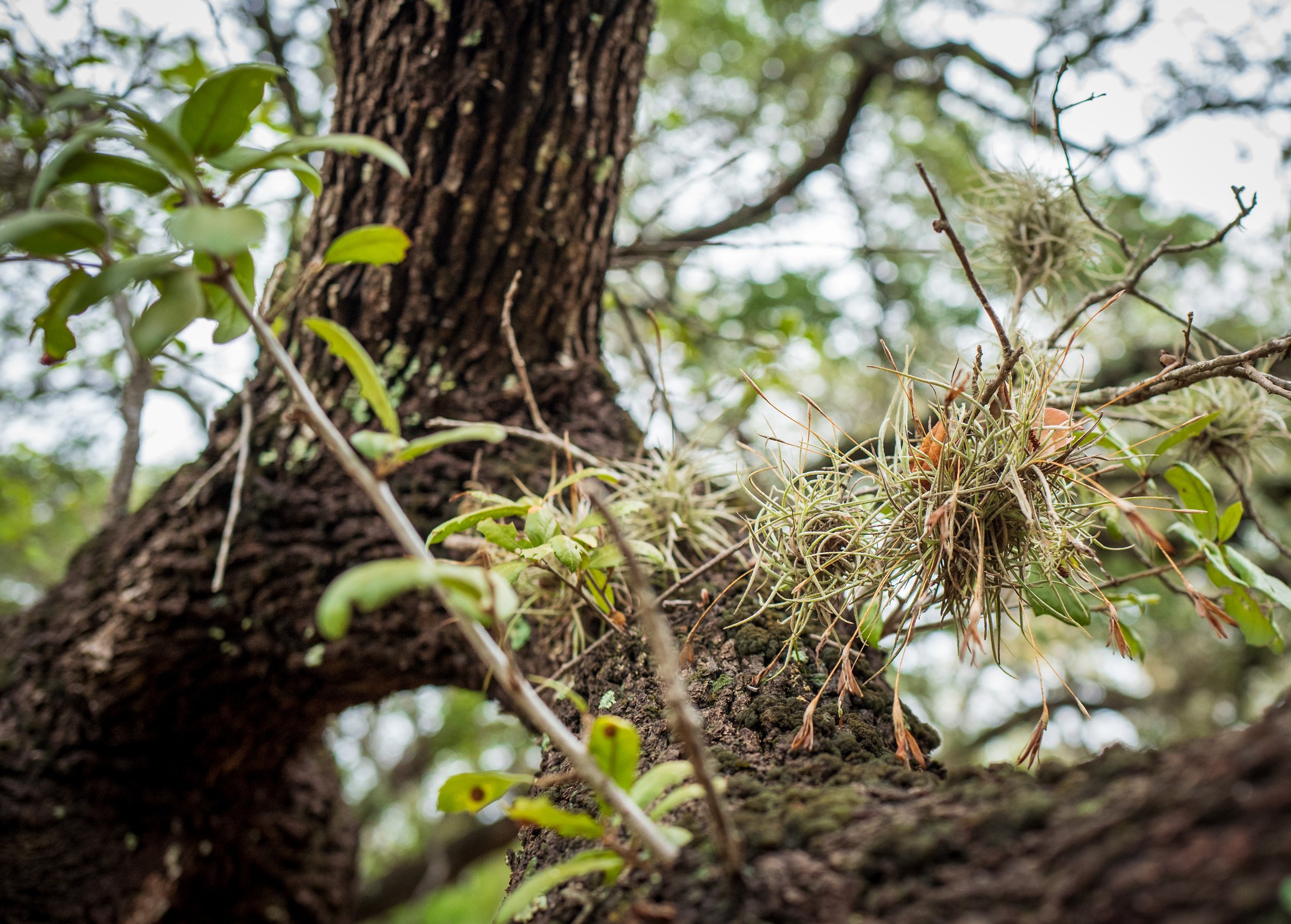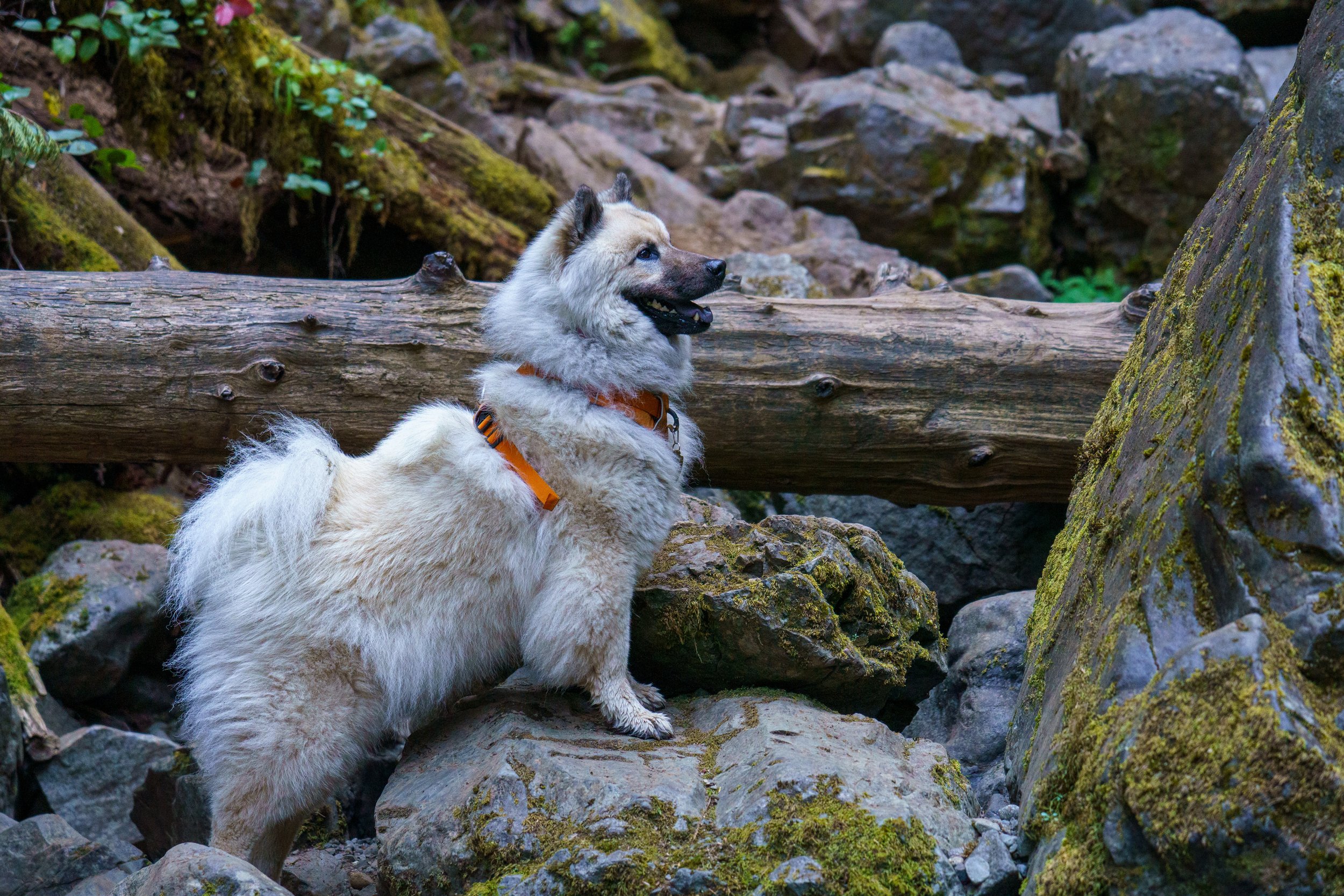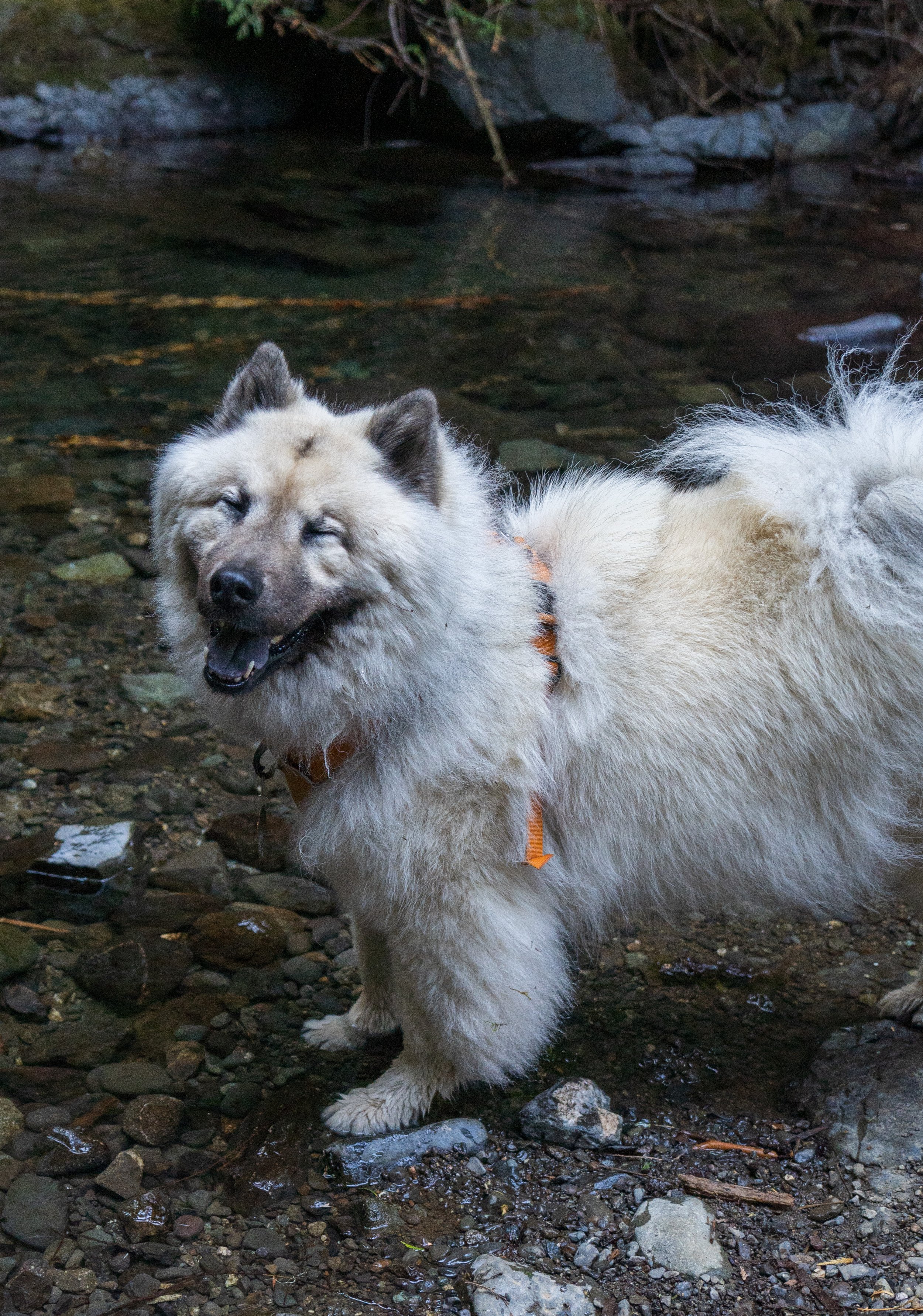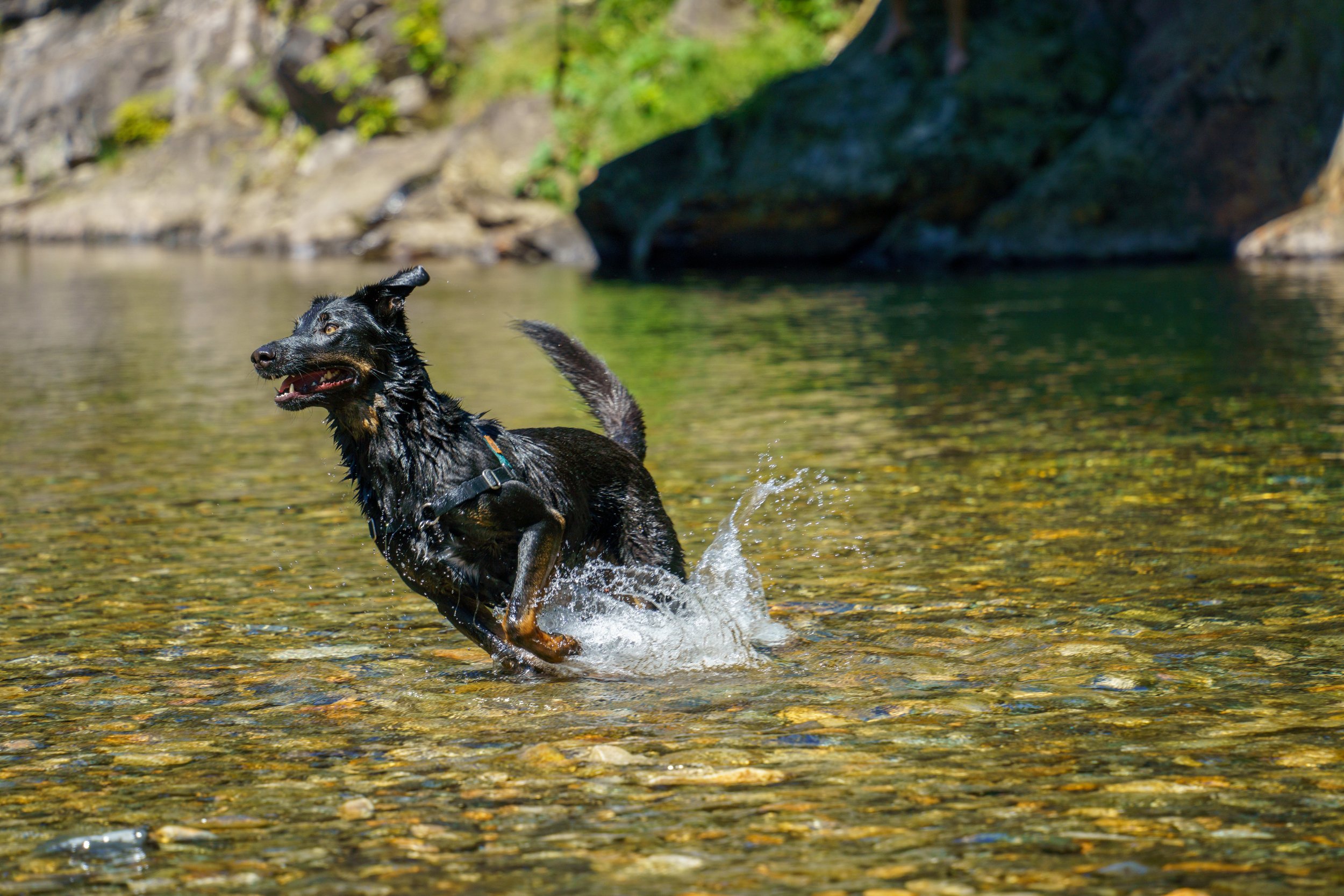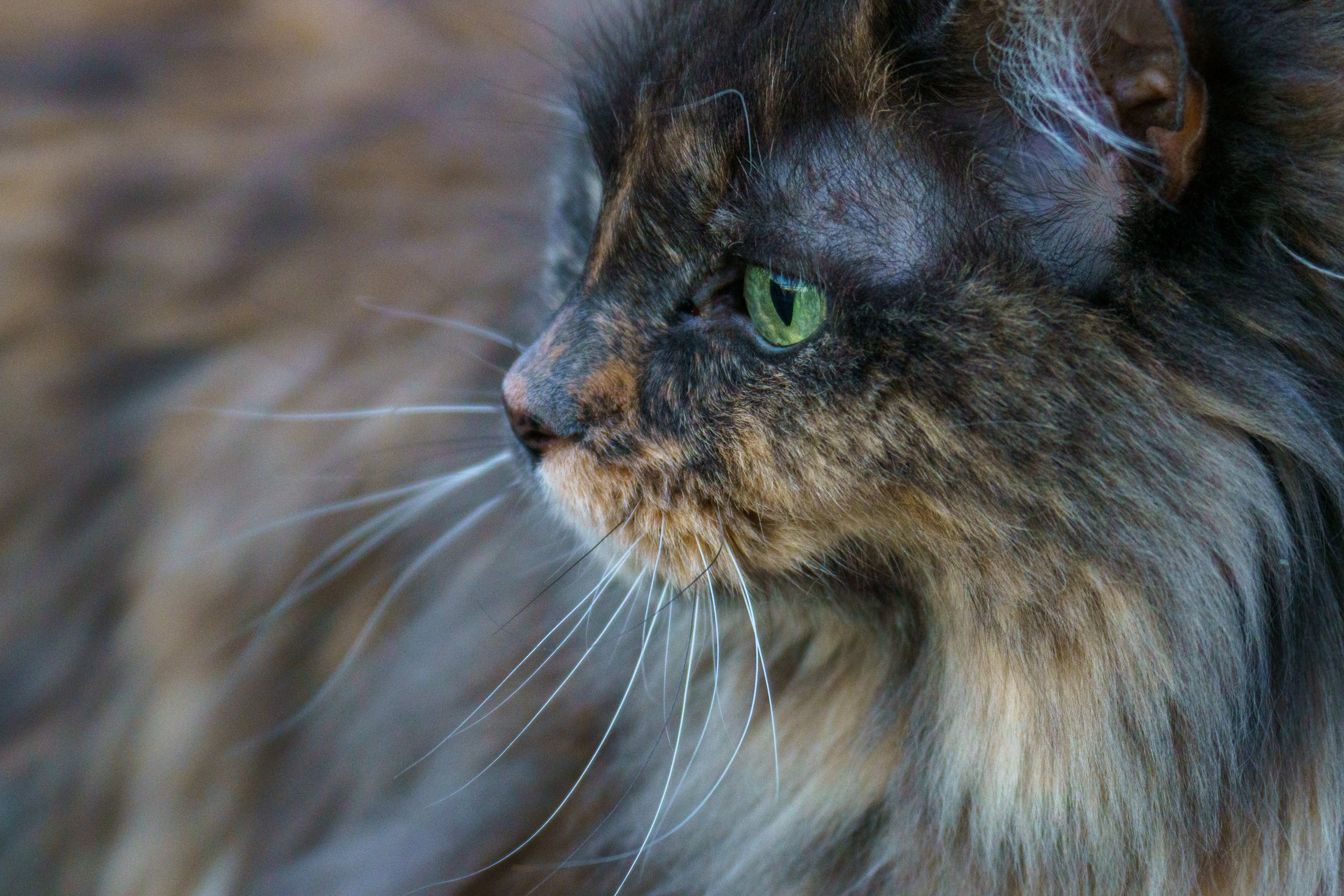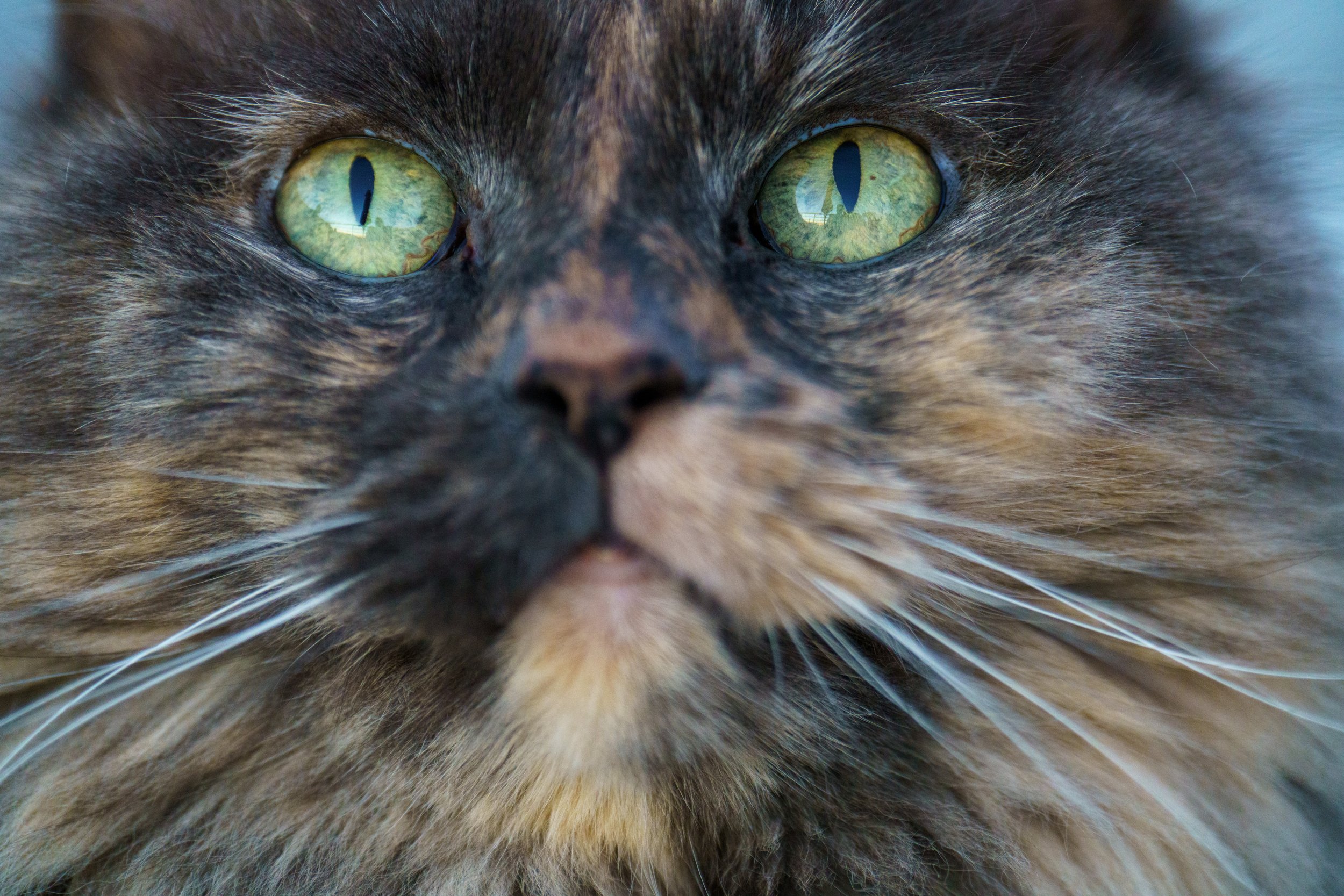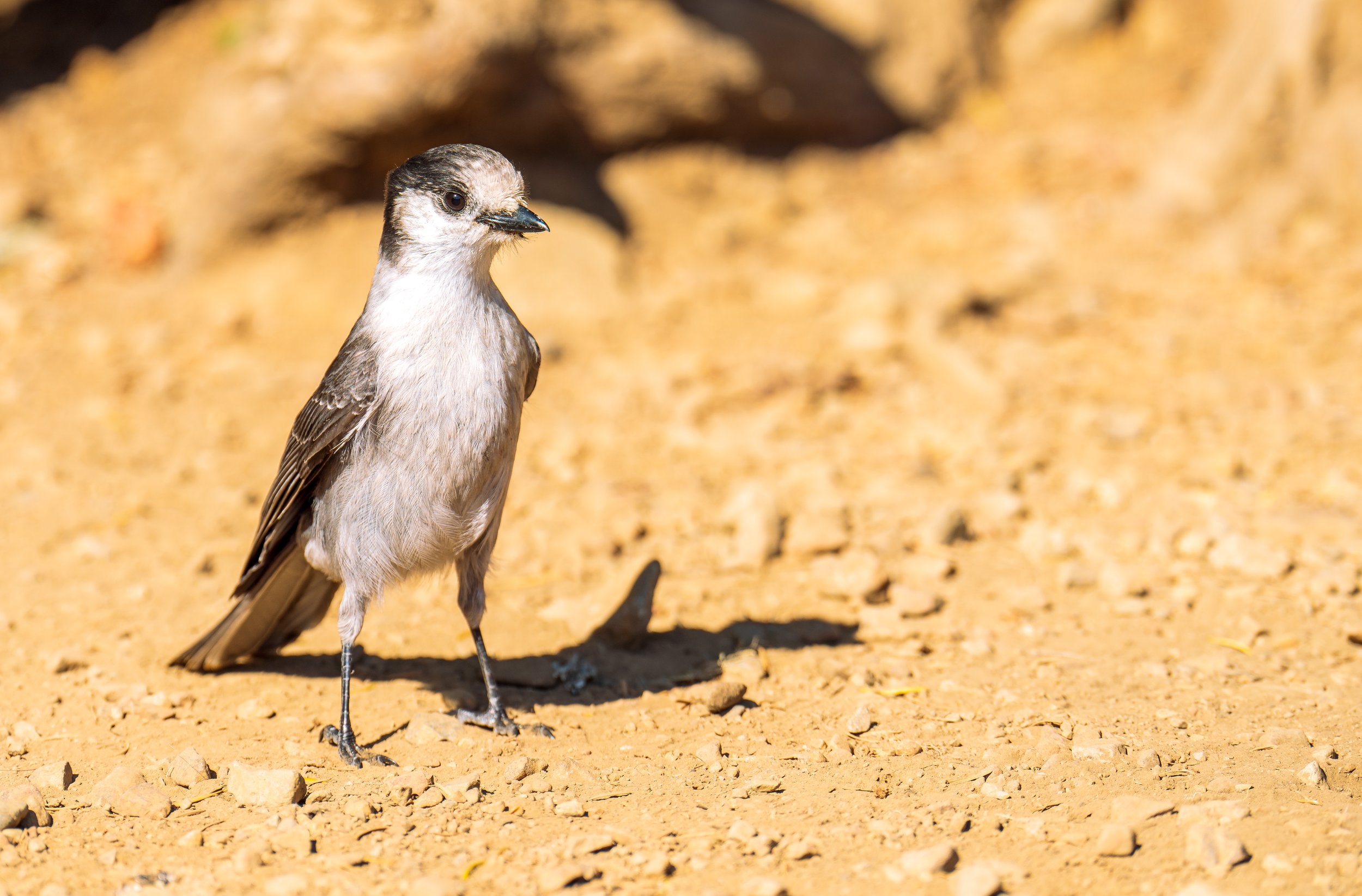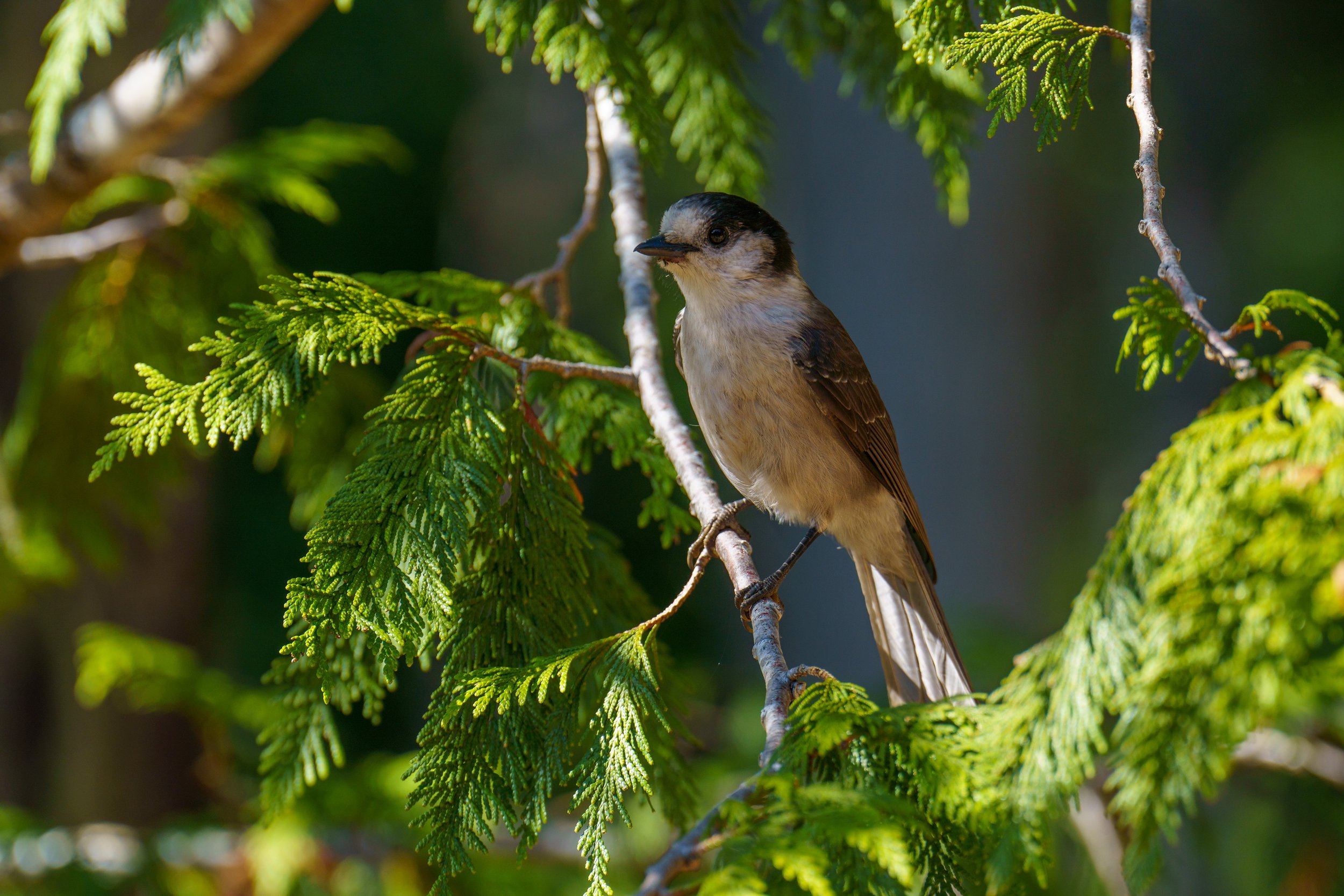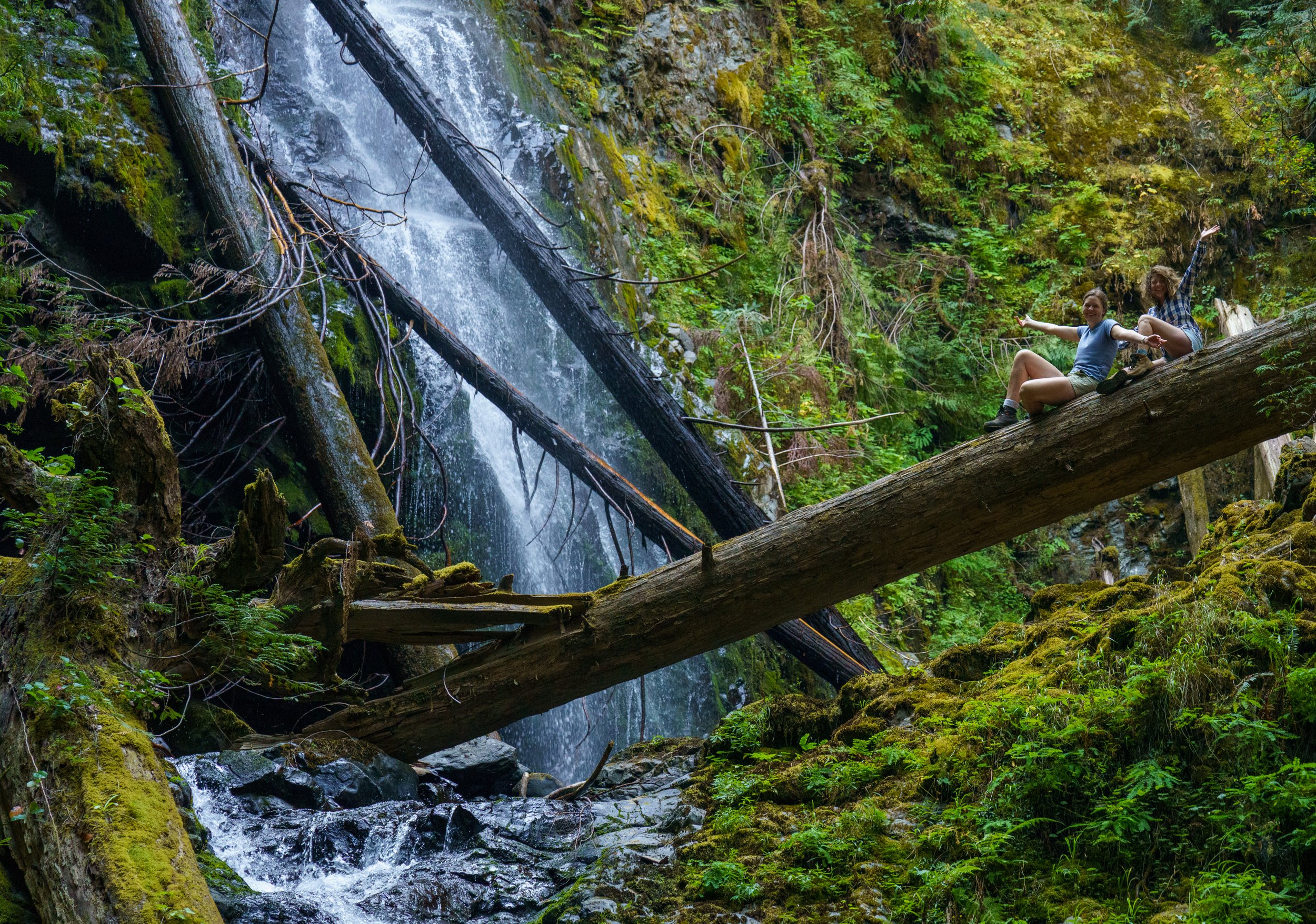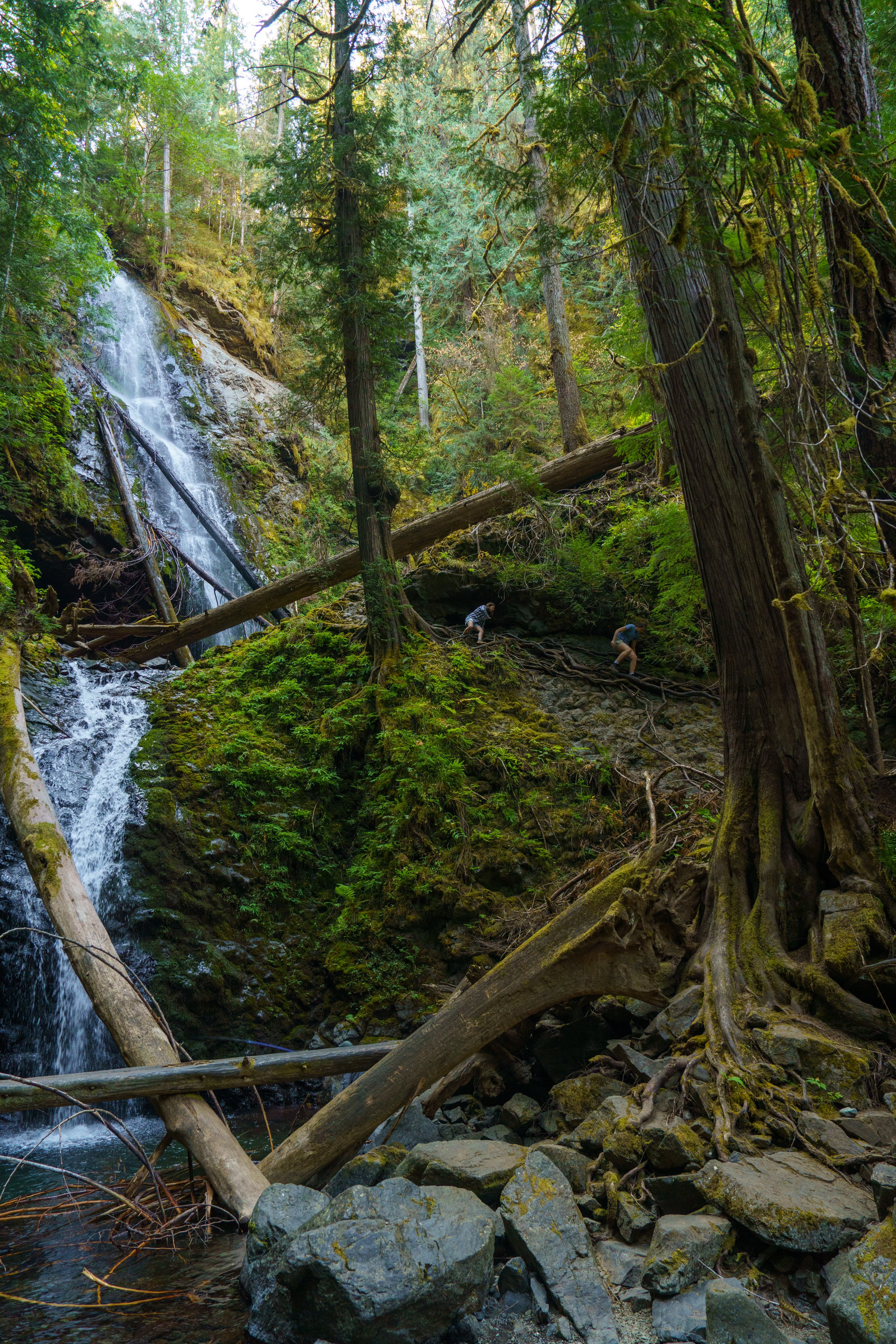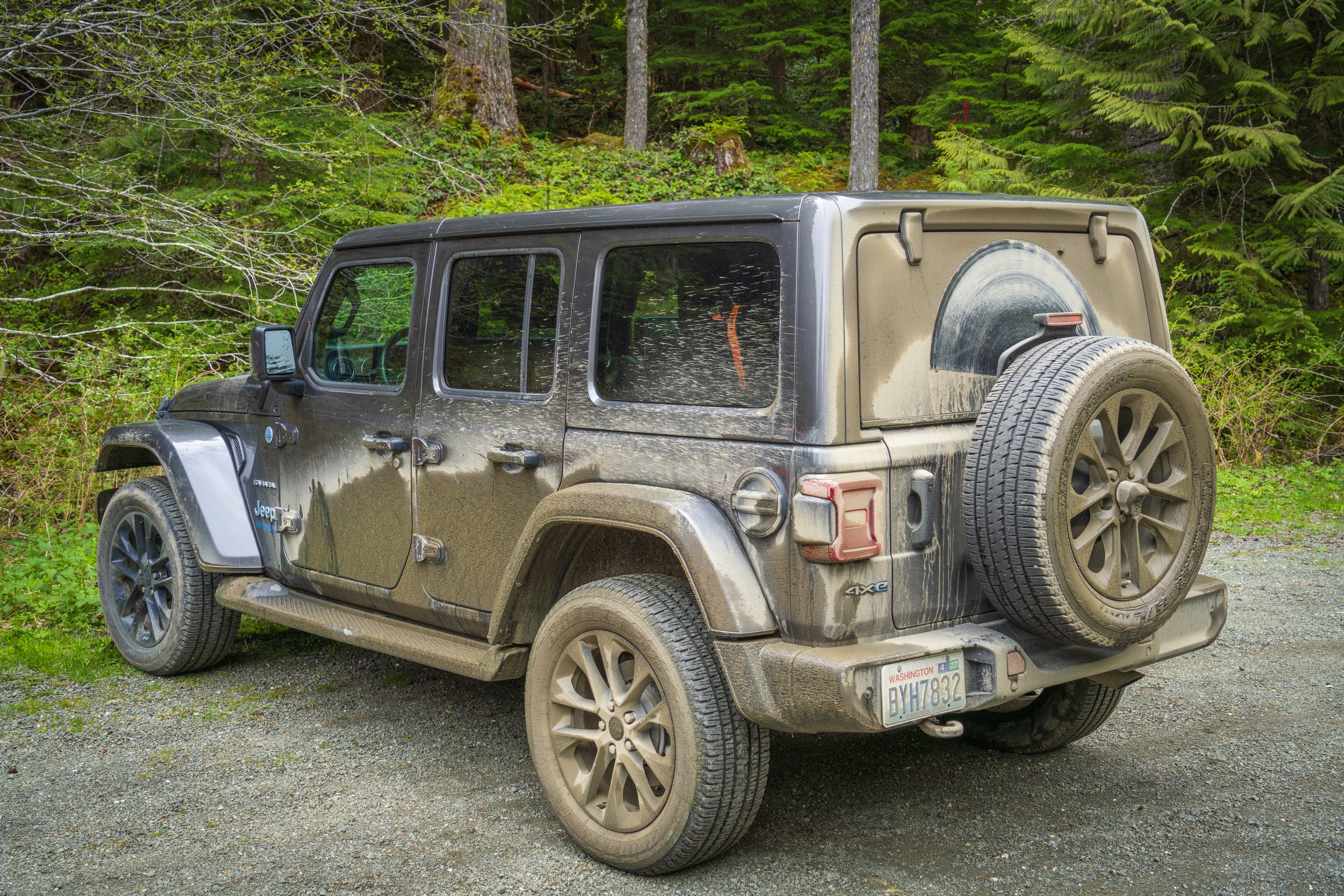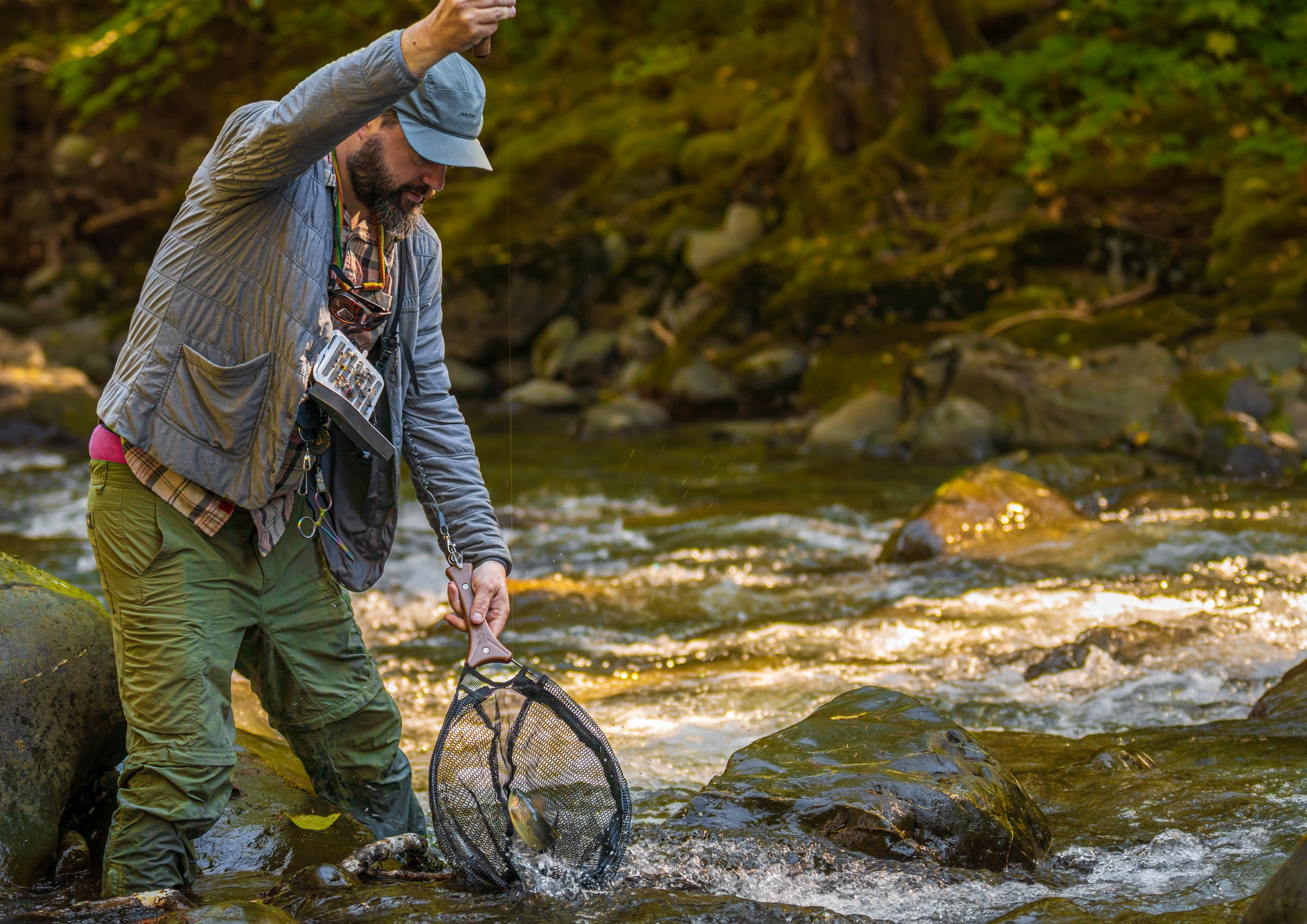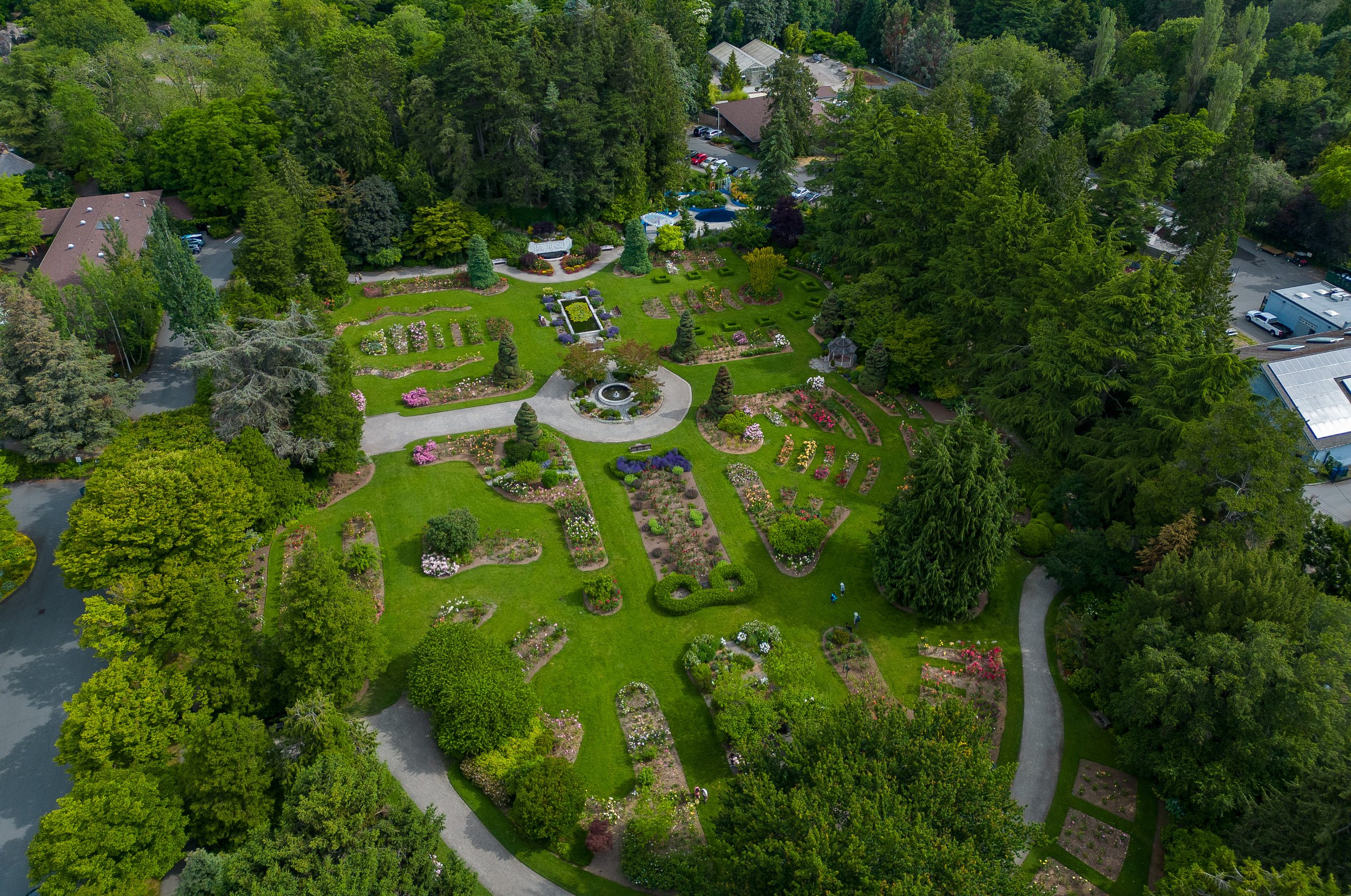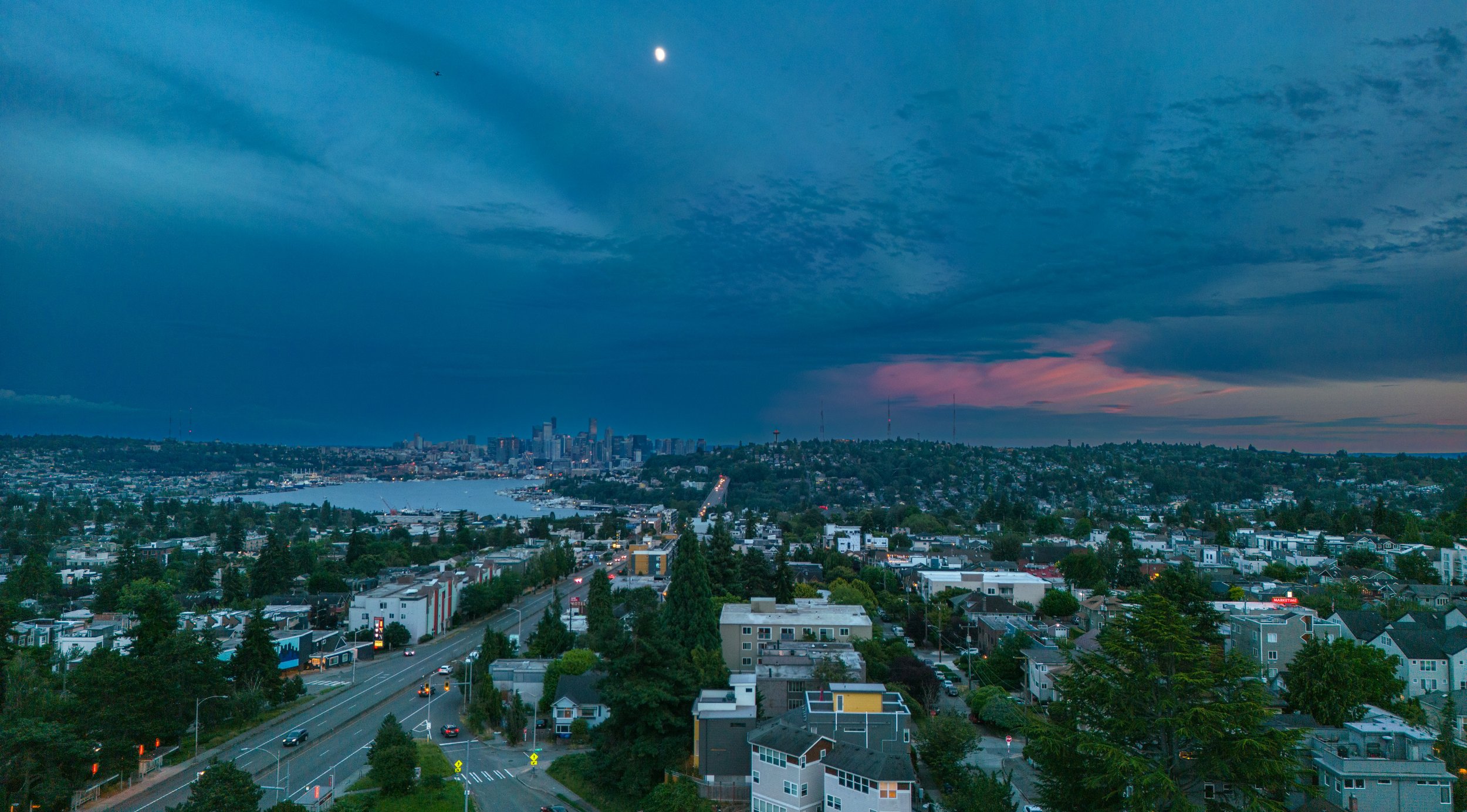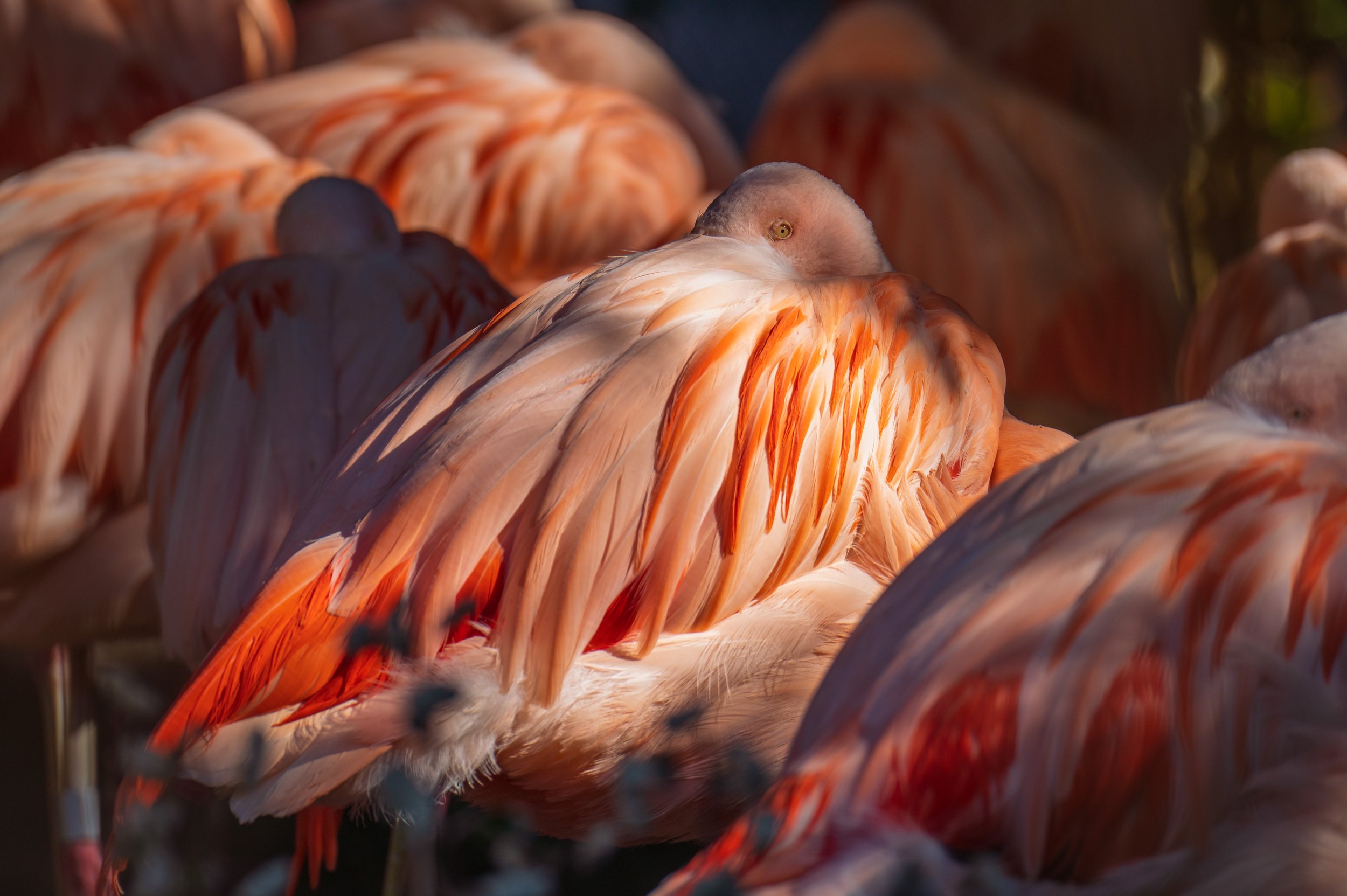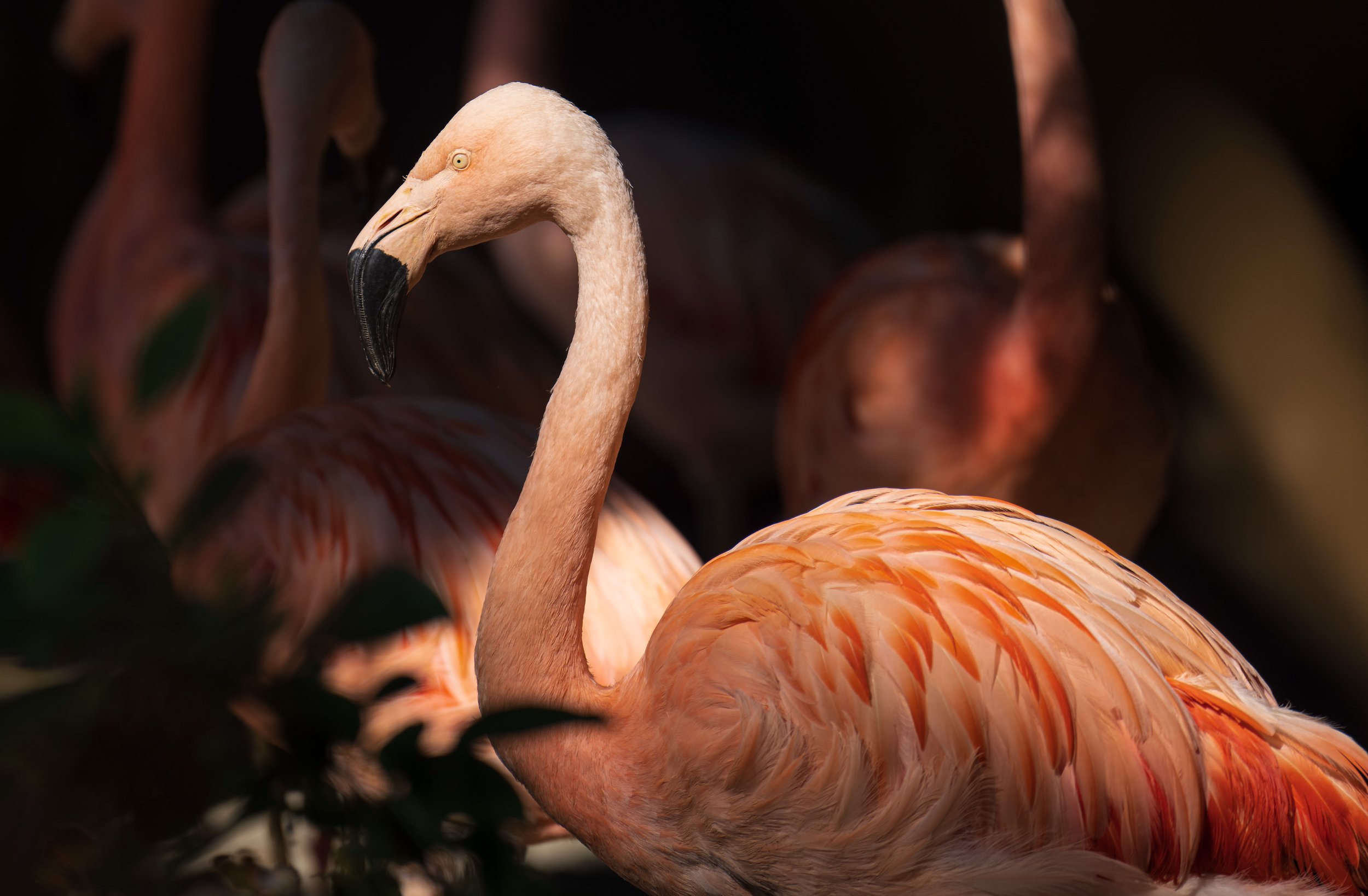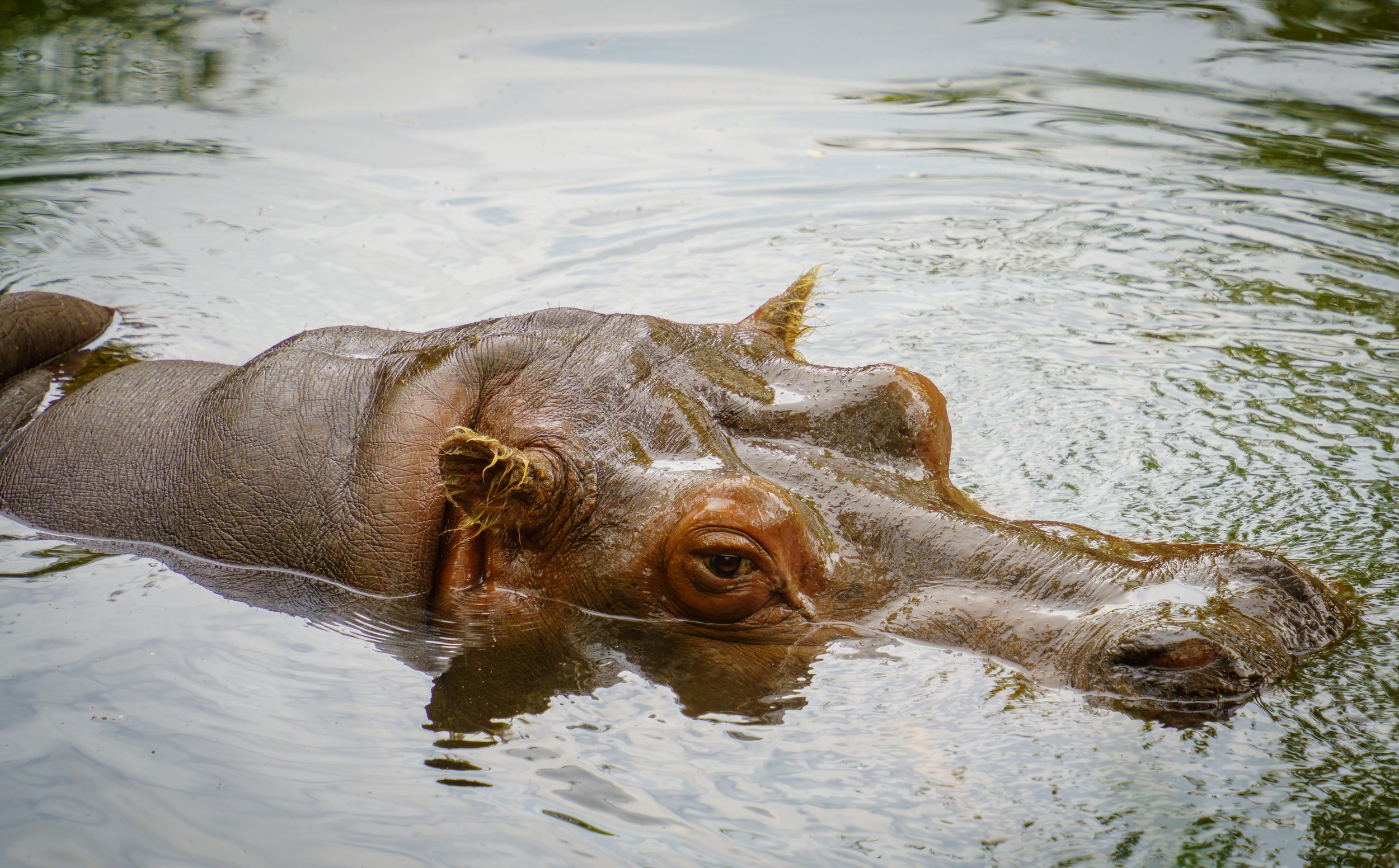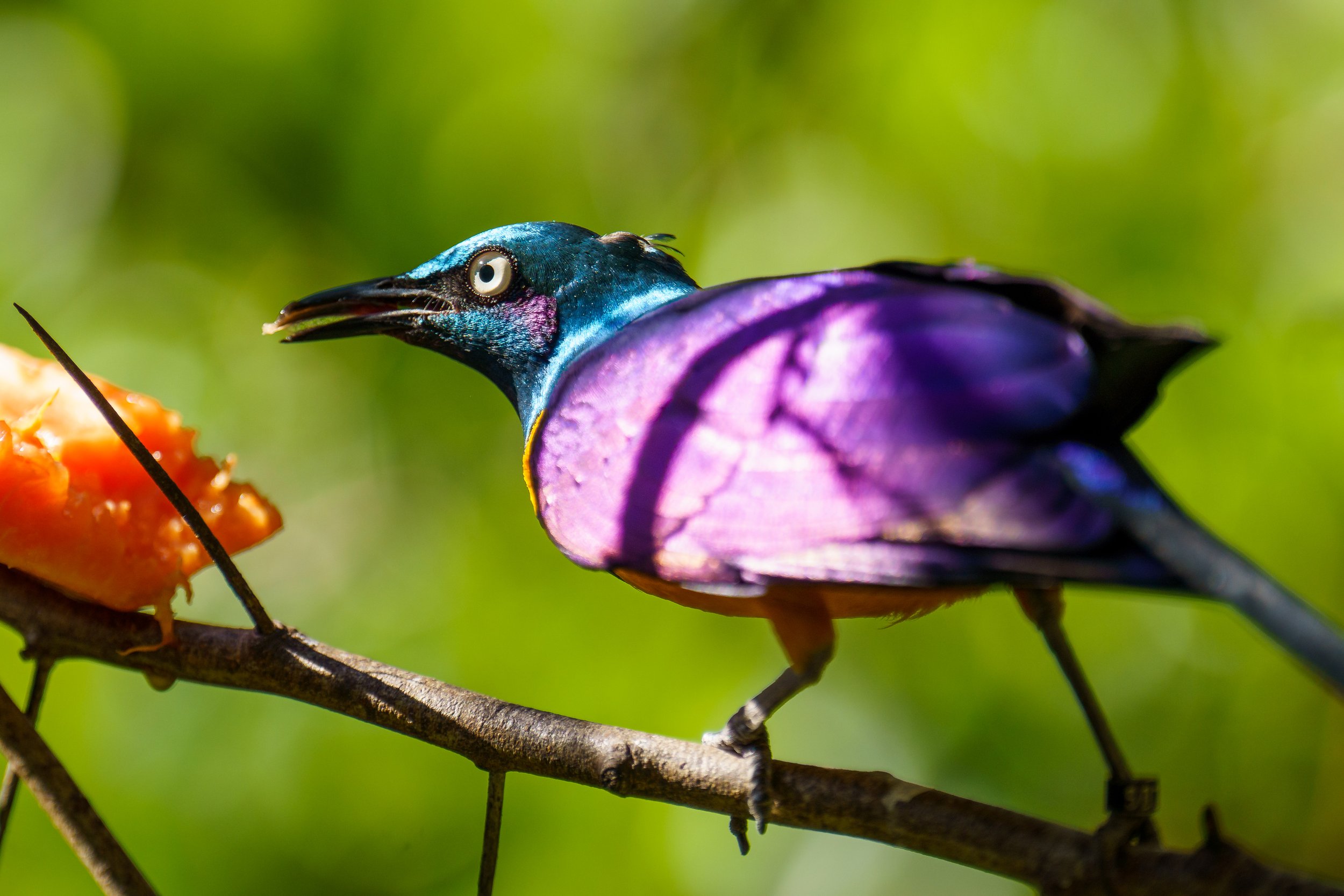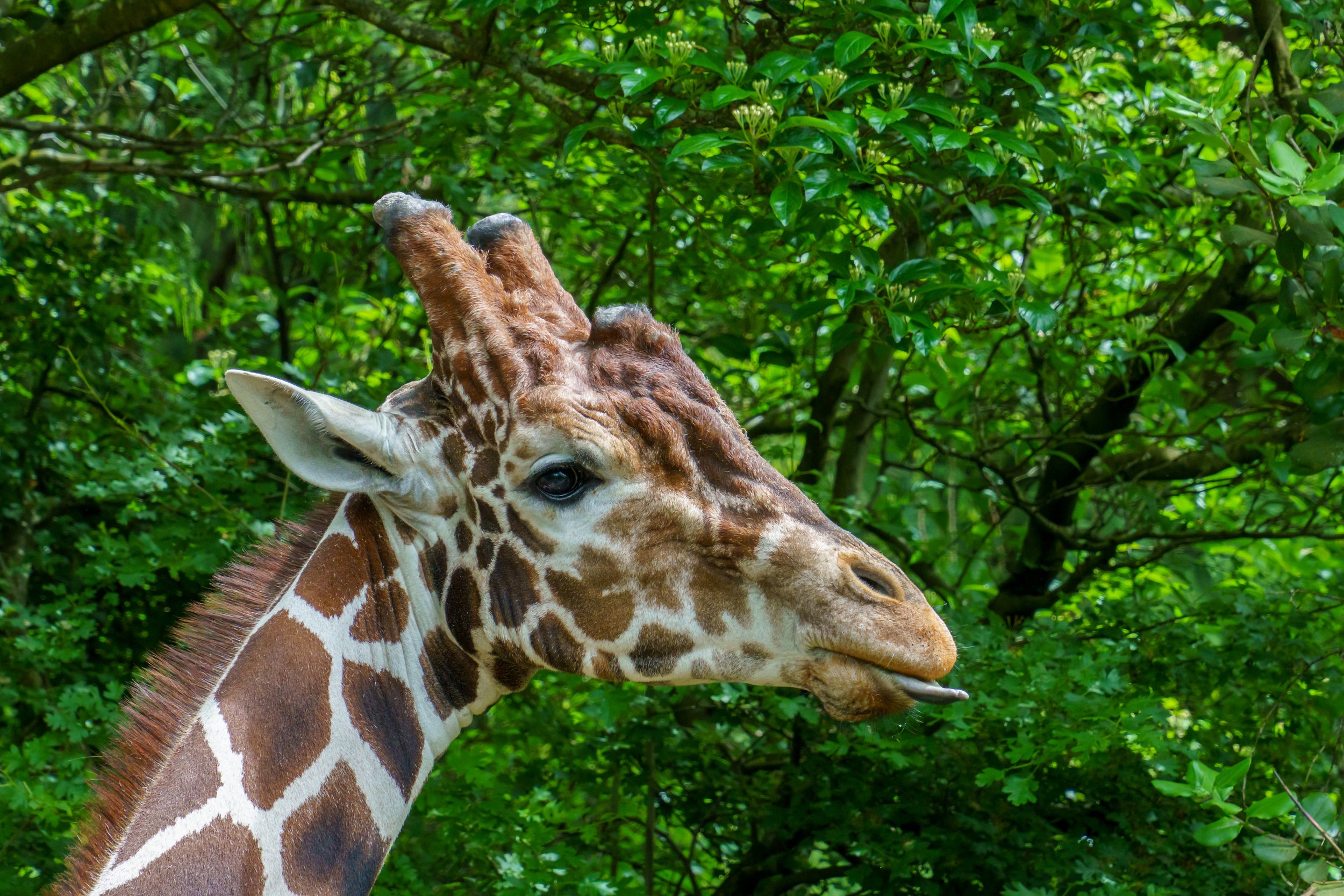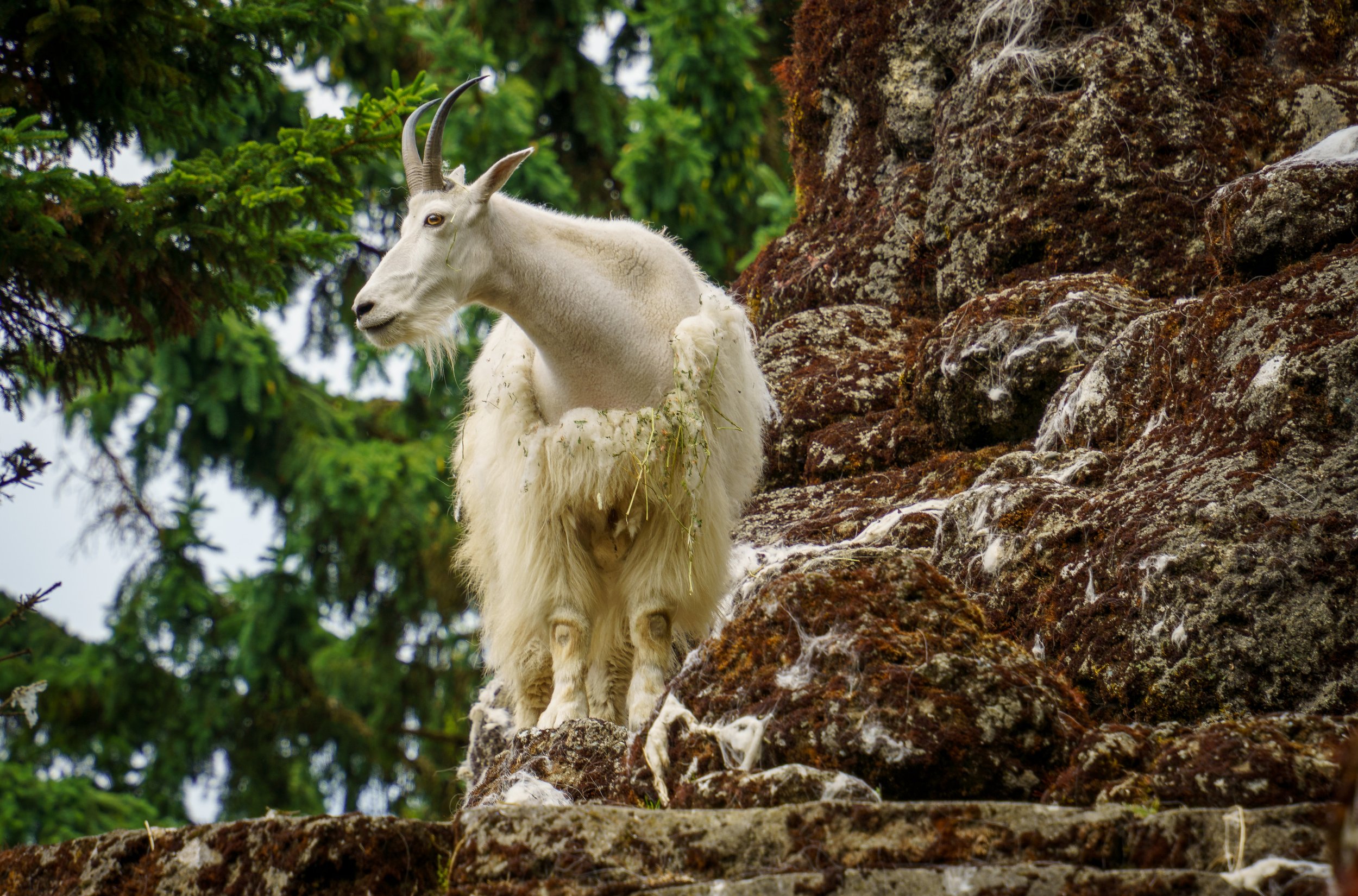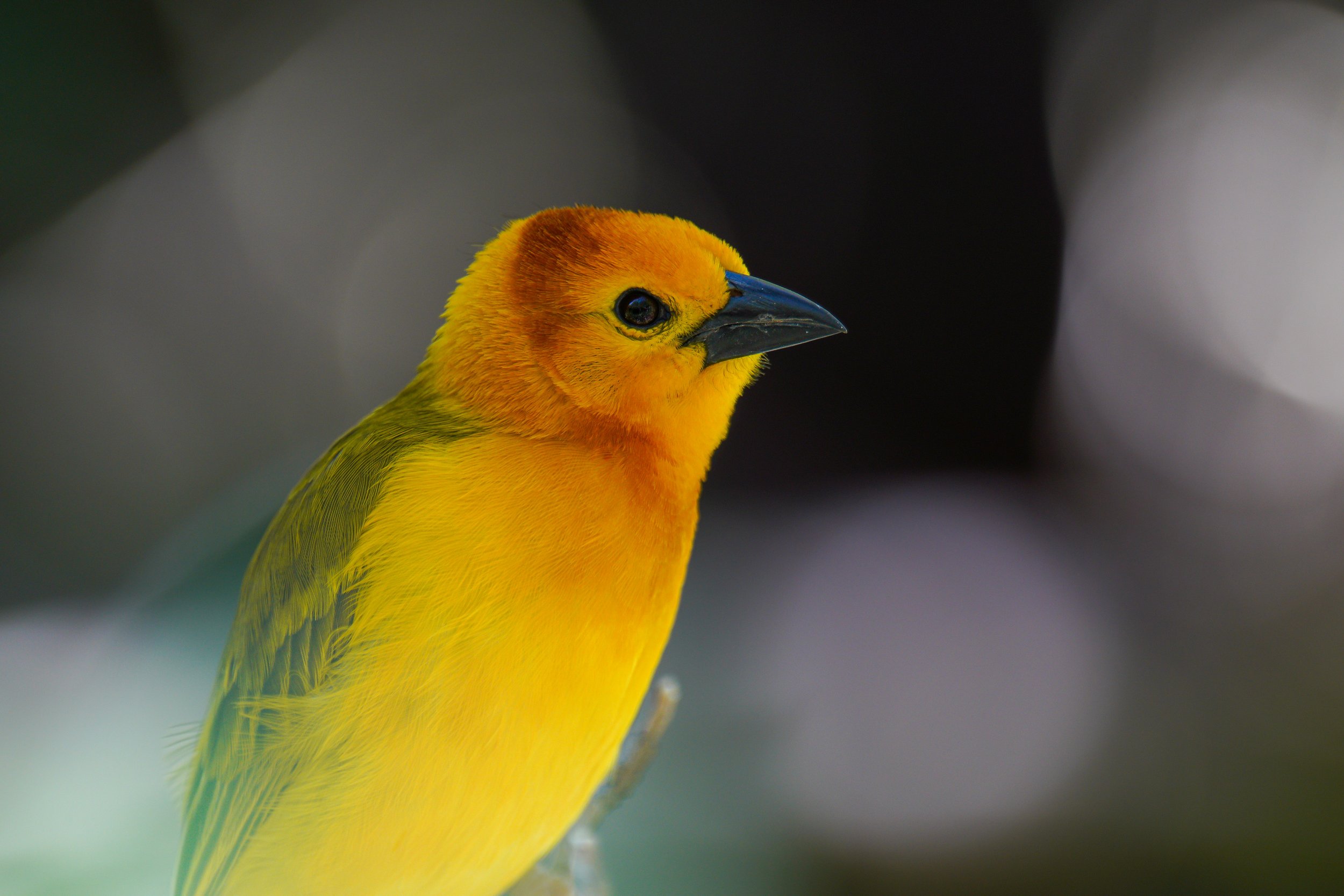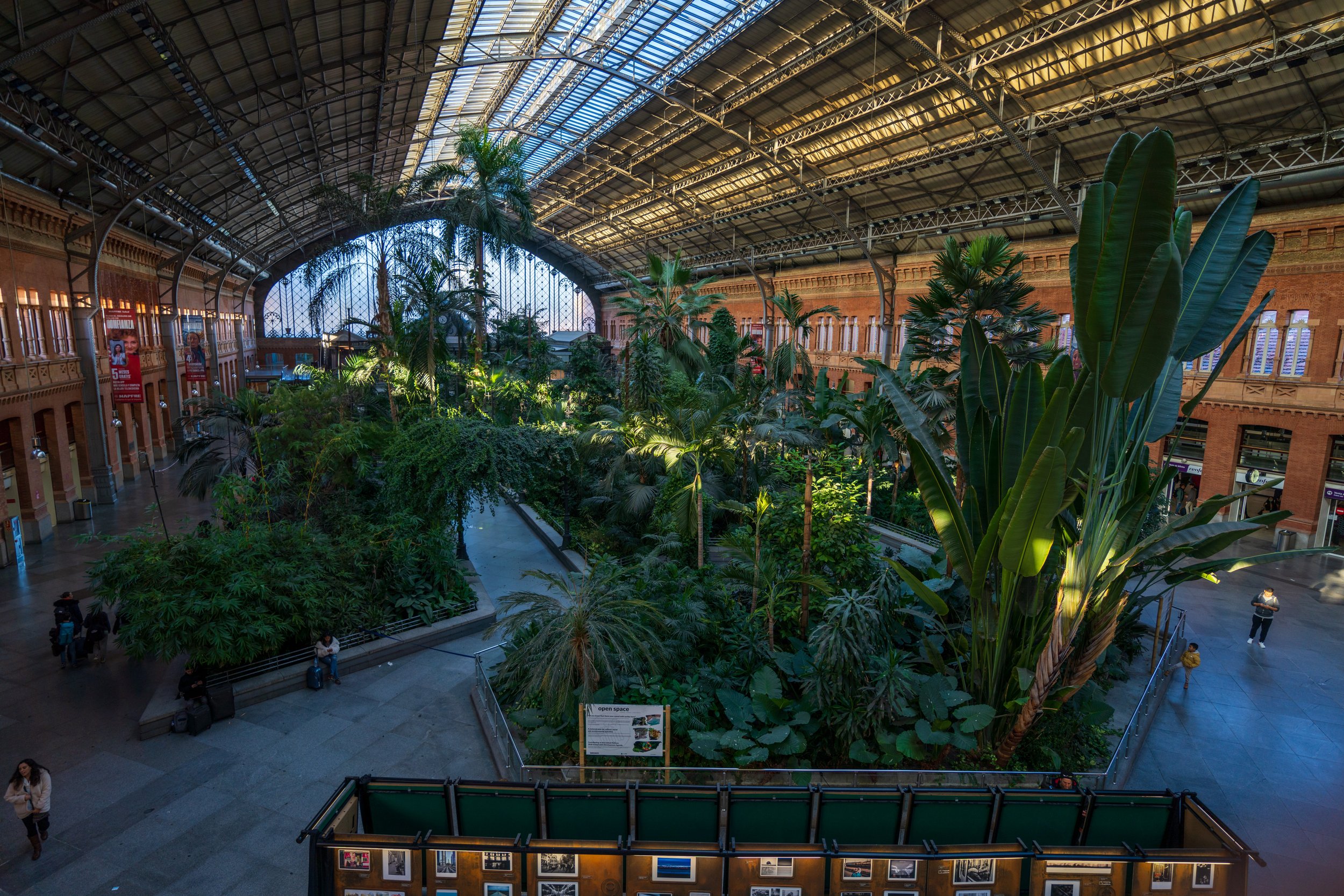The Coasts and Mountains of St. Lucia
St. Lucia was our Thanksgiving tropical paradise trip with Jason’s family. It’s a Caribbean island known for its mountainous beauty, and we were not disappointed.
We tried to actually relax on this trip (instead of our normal trend of running around trying to do everything). Most of our time, outside of lounging and eating, was spent out with the beautiful plants and birds, so the majority of this post will be about them. And, of course, the amazing views.
St. Lucia, the only country in the world named after a human woman, passed back and forth between French and British rule (14 times!) between 1600 and when it gained independence in 1979. While the economy of the island was previously based on bananas and other agriculture, the government started focusing primarily on tourism about 30 years ago. It takes less than 2 hours to drive the windy roads from one end of the island to the other, and about 180,000 people live in its hilly towns. Driving is an experience - they drive on the left, and many of the steep mountain roads are about one and a half lanes wide. Jason was a great driver, but there was also some squealing in the car at many points.
The kids flew in a day before Jason’s parents, Marc and Anne, and we went to hike at Pigeon Island. The British built Fort Rodney on the island in the late 1700s, and it served as a key vantage point in wars against the French. The island is now more of a peninsula, with the Sandals resort sitting on a new strip of land that’s been filled in.
The island and the red roof of Sandals (photo/Jason Rafal)
The hike up Signal Peak (photo/Jason Rafal)
Signal Peak from Fort Rodney (photo/Jason Rafal)
One of the many friendly little cats we met (photo/Jason Rafal)
We spent the next day relaxing at the pool and the beach. On the third day of the trip, we left our rented house in Rodney Bay and drove to our next place down south. On the way, we stopped in the town of Castries to do some shopping and have lunch. If you’re in Castries, definitely stop at the Coal Pot to eat - it had amazing food, wonderful service, and a lovely view of the harbor.
The giant tree at Derek Walcott square (photo/Jason Rafal)
Shopping at Castries Market (photo/Jason Rafal)
Our last stop before we arrived at our new house was the Diamond Falls Botanical Gardens, where we spent an hour walking around in the dense, incredibly diverse forest and marveling at the plants.
Looking up through giant leaves (photo/Jason Rafal)
Beautiful draping False Bird of Paradise (photo/Jason Rafal)
Allamanda flower (photo/Jason Rafal)
A little Anolis lizard (photo/Jason Rafal)
Cocoa pods (photo/Jason Rafal)
I was surprised by the amount of red and pink leaves (photo/Jason Rafal)
Sunset Bell (photo/Jason Rafal)
At around 4 pm, we began what was supposed to be a 10-minute drive from the garden to the house where we were staying, and then things got exciting. Keep in mind that we were 6 people, and our luggage, in an underpowered front-wheel drive SUV. The hill up to our place was a steep road with a combination of gravel and broken pavement, and there was a water leak so it was wet on one side. We tried to go up, promptly got stuck because it would have been impossible to get up, and then spent the next hour working with the incredibly kind locals to get out of the way and transport some of our people and stuff up the hill. Just after we got stuck someone with the same model SUV got stuck in nearly the exact place. Luckily half the town was already stopped and kept them from getting too stuck. Apparently it happens frequently and even their garbage truck gets stuck fairly often.
The rather problematic road to and from our villa (photo/Jason Rafal)
The villa was an indoor-outdoor experience, with a large open-air living space stacked on top of semi-open bedrooms. The view, which took over the whole experience instantly, was incredible. We spent most of our time there just staring at the water and the pitons in the distance.
The incredible sunset view from our villa (photo/Jason Rafal)
A tiny frog at our villa (photo/Jason Rafal)
Aside from having an incredible view, our villa had glorious gardens and a lot of bird feeders, both with nectar and seeds. Jason had a wonderful time taking pictures of all the birds.
A cute little grackle (photo/Jason Rafal)
The giant fruit of the calabash tree (photo/Jason Rafal)
Dramatic pink leaves (photo/Jason Rafal)
More pretty pink leaves (photo/Jason Rafal)
A very cute carib (photo/Jason Rafal)
The hummingbirds went crazy for this feeder and drained it completely in a single day (photo/Jason Rafal)
Another curious hummingbird (photo/Jason Rafal)
A little bullfinch (photo/Jason Rafal)
A skeptical bird (photo/Jason Rafal)
More hummingbirds in action (photo/Jason Rafal)
Another little guy (photo/Jason Rafal)
They did a lot of fighting over the hummingbird feeder (photo/Jason Rafal)
A bananaquit (photo/Jason Rafal)
And you thought you were done with hummingbird pictures (photo/Jason Rafal)
One more (photo/Jason Rafal)
Another little cutie (photo/Jason Rafal)
St. Vincent faintly visible through the sunset (photo/Jason Rafal)
The last rays of the sun (photo/Jason Rafal)
The pitons at night (photo/Jason Rafal)
Emilie, Ally, Jason and I did a hike to soak in the views of the Gros and Petit Pitons, St. Lucia’s most distinctive mountains. It was nice to see them up close after our view from the villa. The Petit Piton is taller, but also narrower and rockier.
Looking out towards the Petit Piton (photo/Jason Rafal)
A boat skimming the edge of the piton (photo/Jason Rafal)
Photographing the Gros Piton (photo/Nicole Harrison)
Looking out over Soufriere from an overlook on the way home (photo/Jason Rafal)
We also took a boat trip with Shashamane tours, which was a great experience. Our guides, Denver and Chad, took us to two snorkeling spots and to Marigot Bay for lunch. The snorkeling was lovely, with a great variety of fish, though we didn’t get much good footage.
The town of Canaries from the water (photo/Jason Rafal)
Some of the ships, some floating better than others, in Marigot Bay (photo/Jason Rafal)
For lunch, we sat on the beach and ate island food, which was standardly meat or fish, beans, rice, and ground provisions (a broad category including sweet potato, cassava, yams, and other tubular root vegetables in addition to plantains). For the entire trip, I basically alternated between this traditional meal and curry, and I never got tired of either.
Looking up from our lunch spot on the beach (photo/Jason Rafal)
Beach portrait (photo/Chad)
On the way back, Chad expertly cracked open coconuts for each of us and added some local coconut rum, and we got to sip amazing cocktails while riding in the boat. It was amazingly relaxing.
A lovely drink on the water (photo/Nicole Harrison)
One last sunset from our villa (photo/Jason Rafal)
We would highly recommend St. Lucia - it’s beautiful, the food is great, and the locals were all kind and excited to show us around their island. There’s a lot to do, but it was also very relaxing and easy to unwind. It was a lovely way to spend a Thanksgiving, and I’m grateful that we were able to celebrate on island time.
Photo/Jason Rafal
